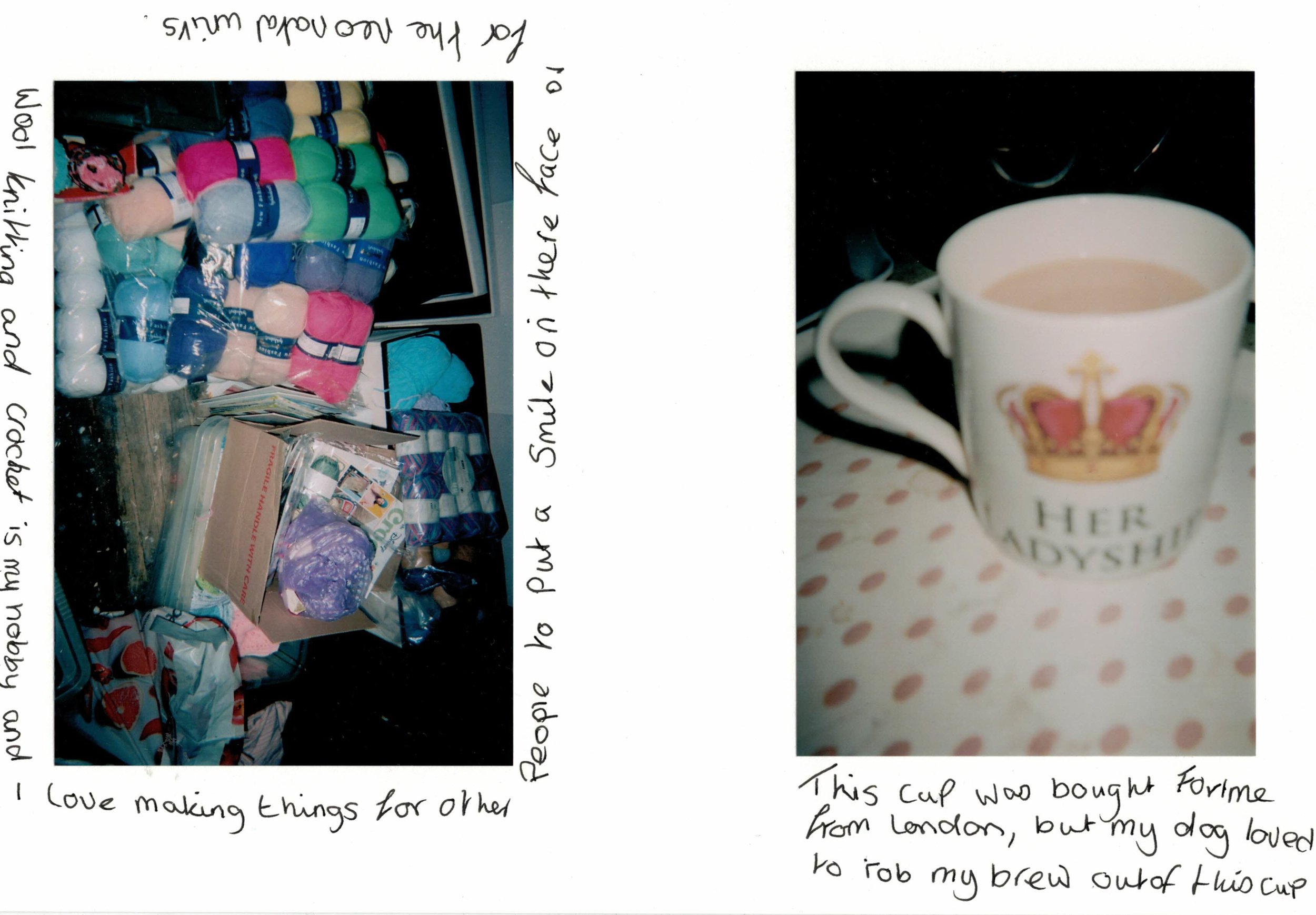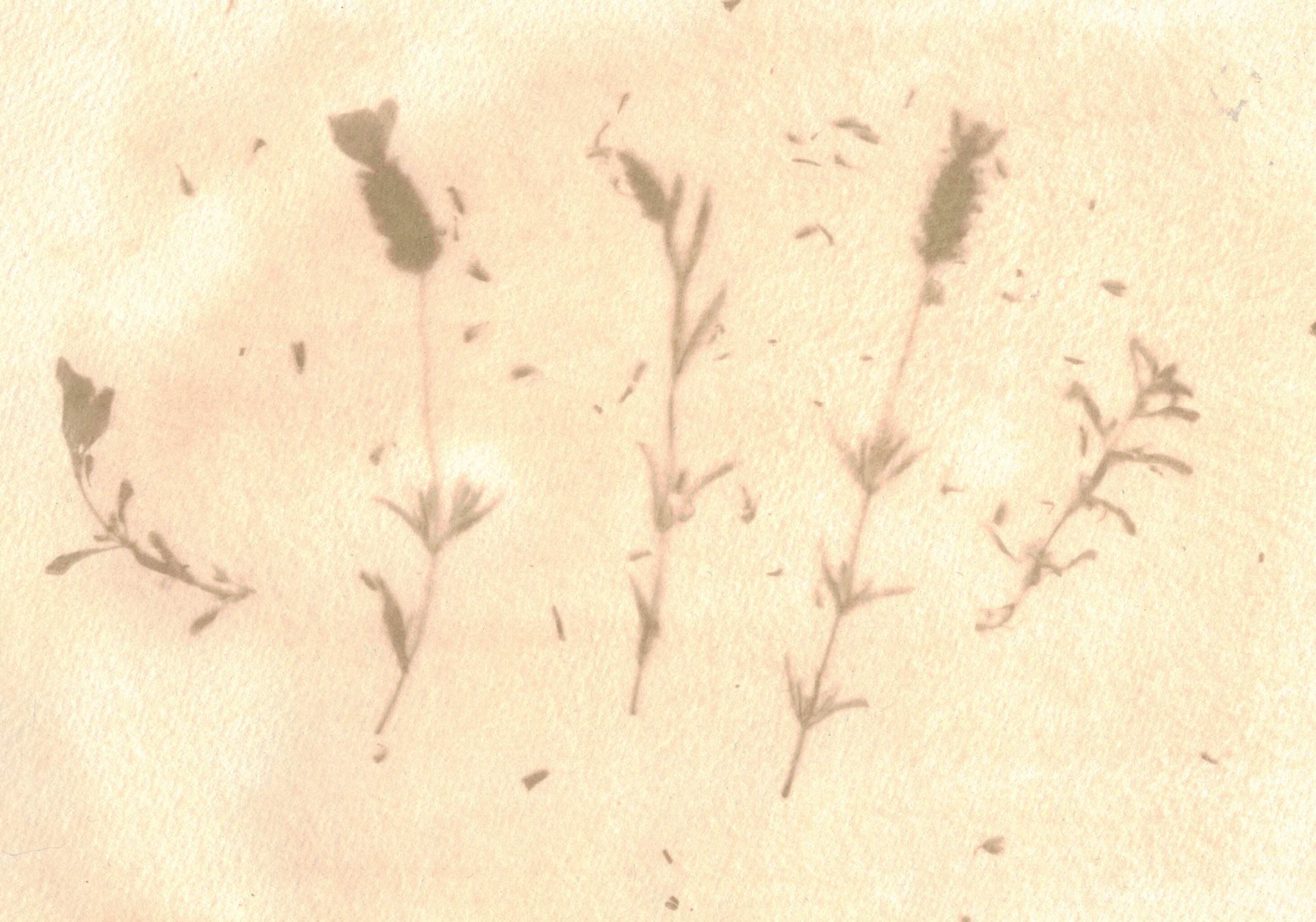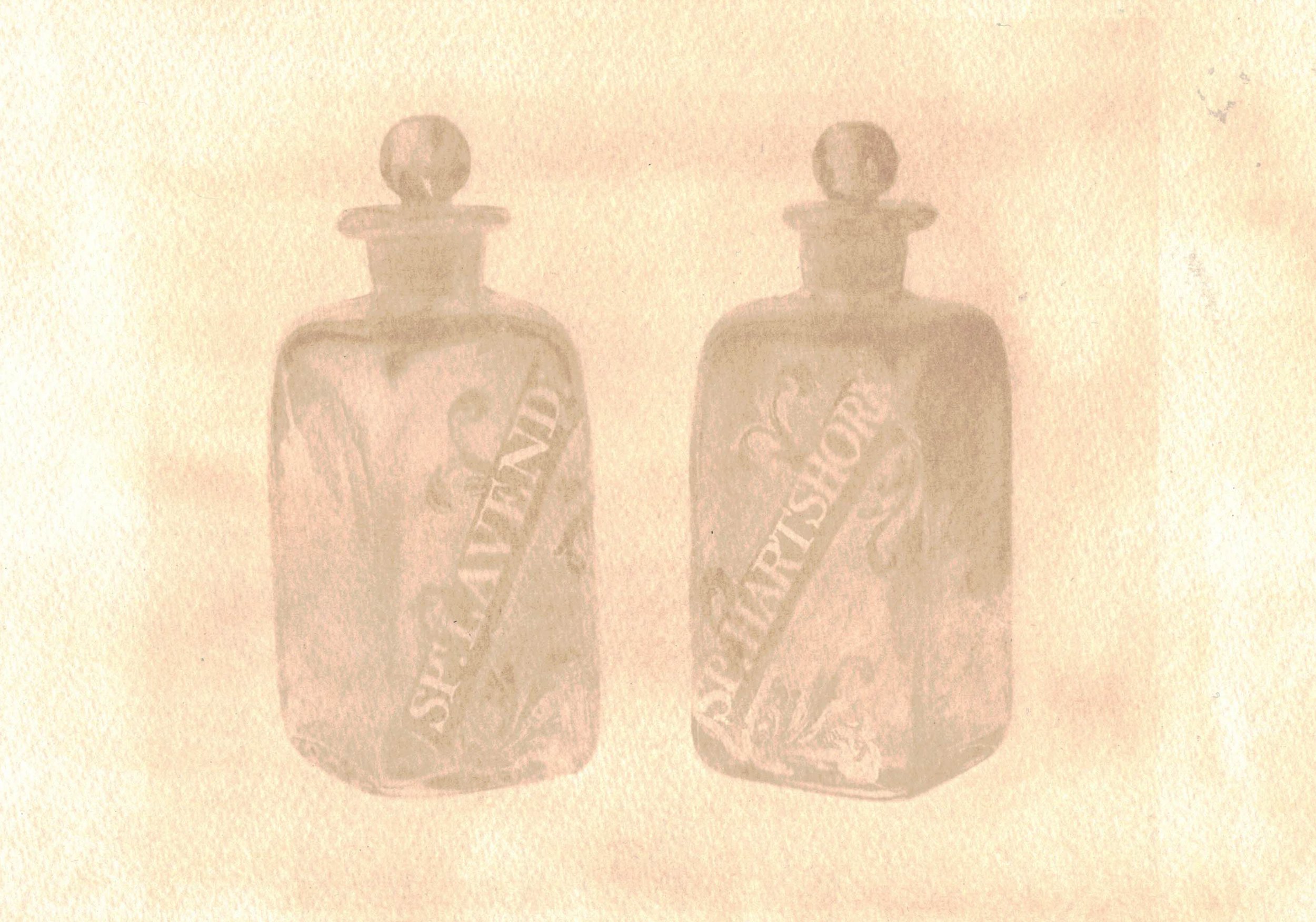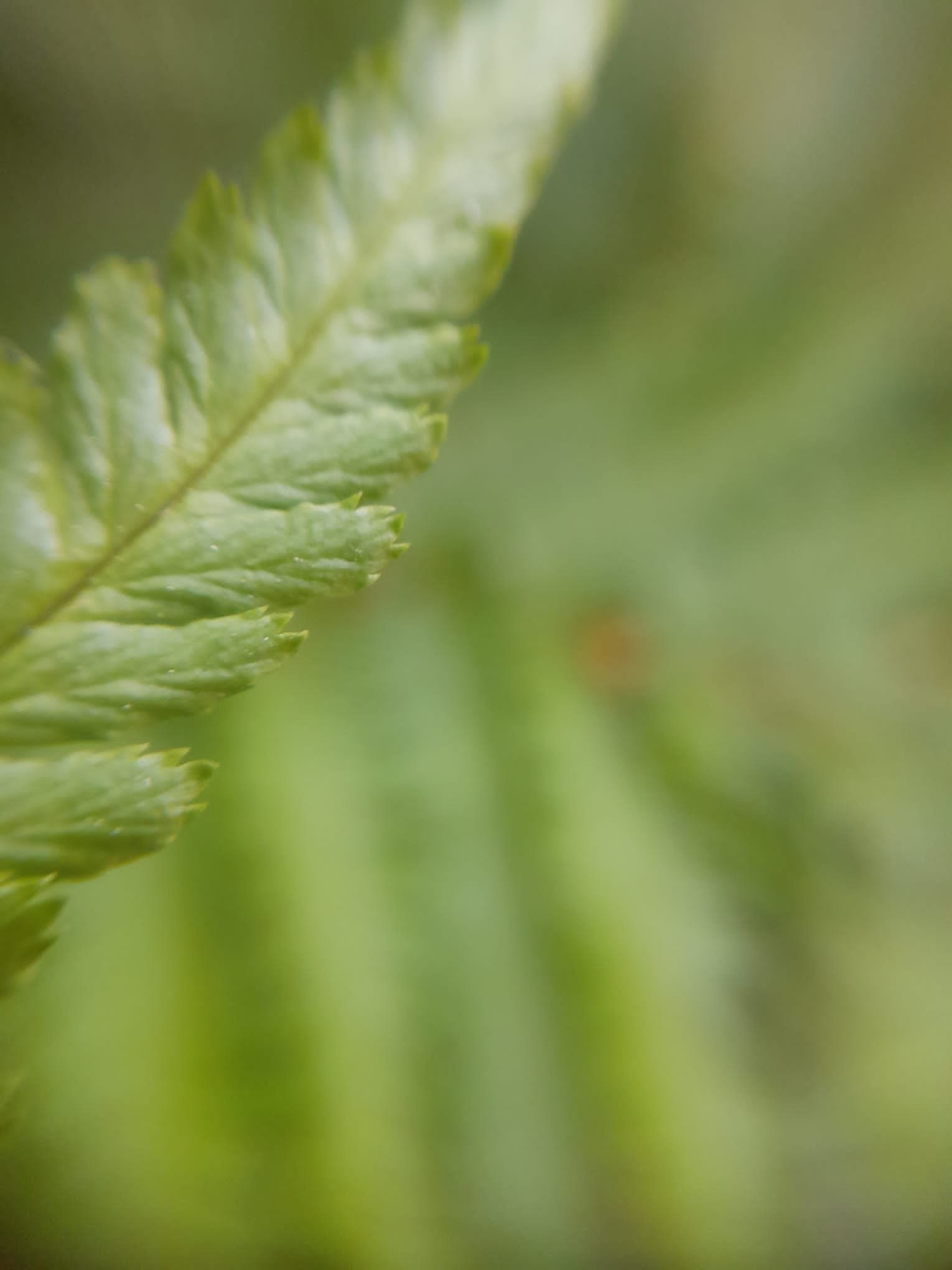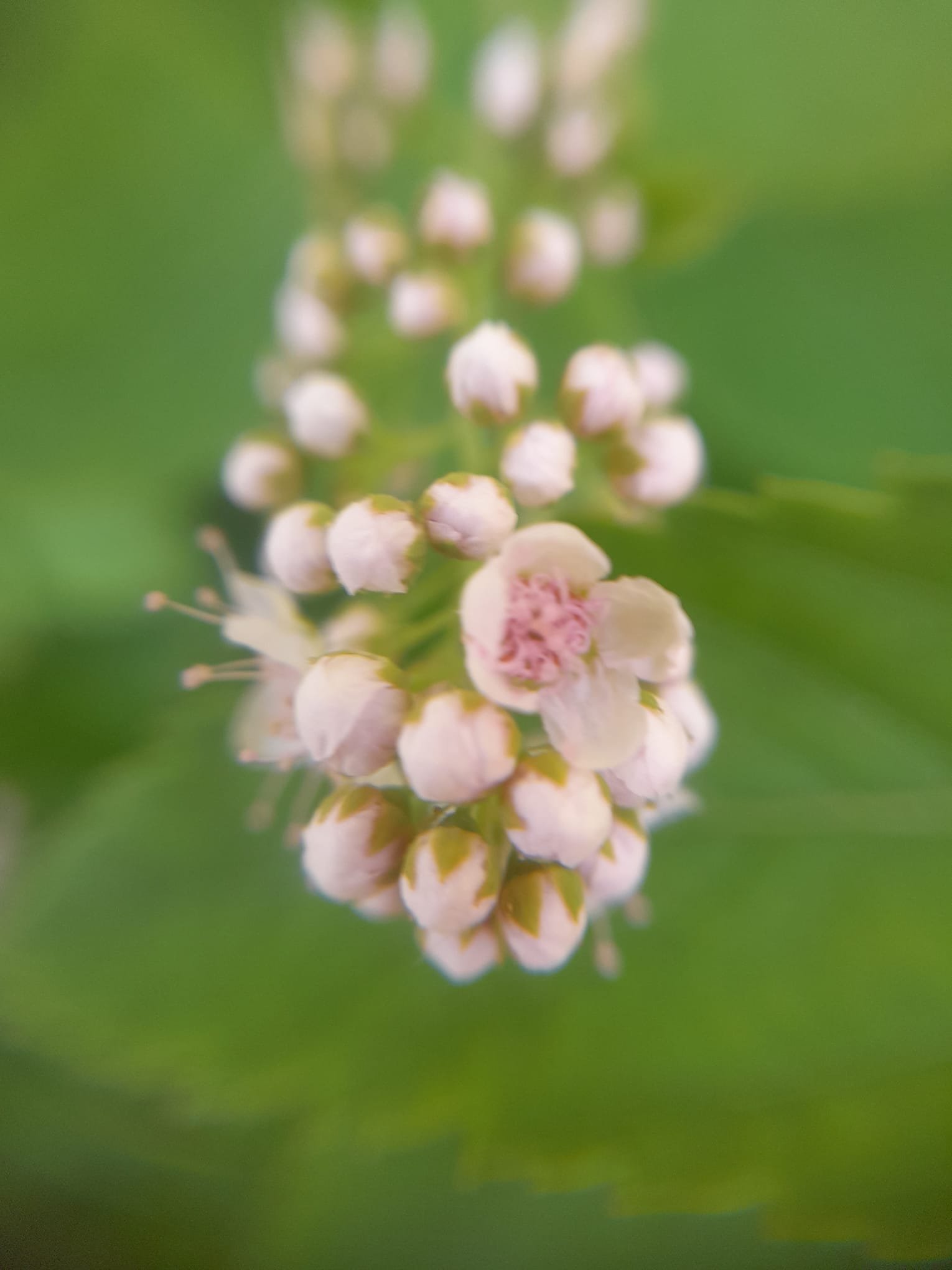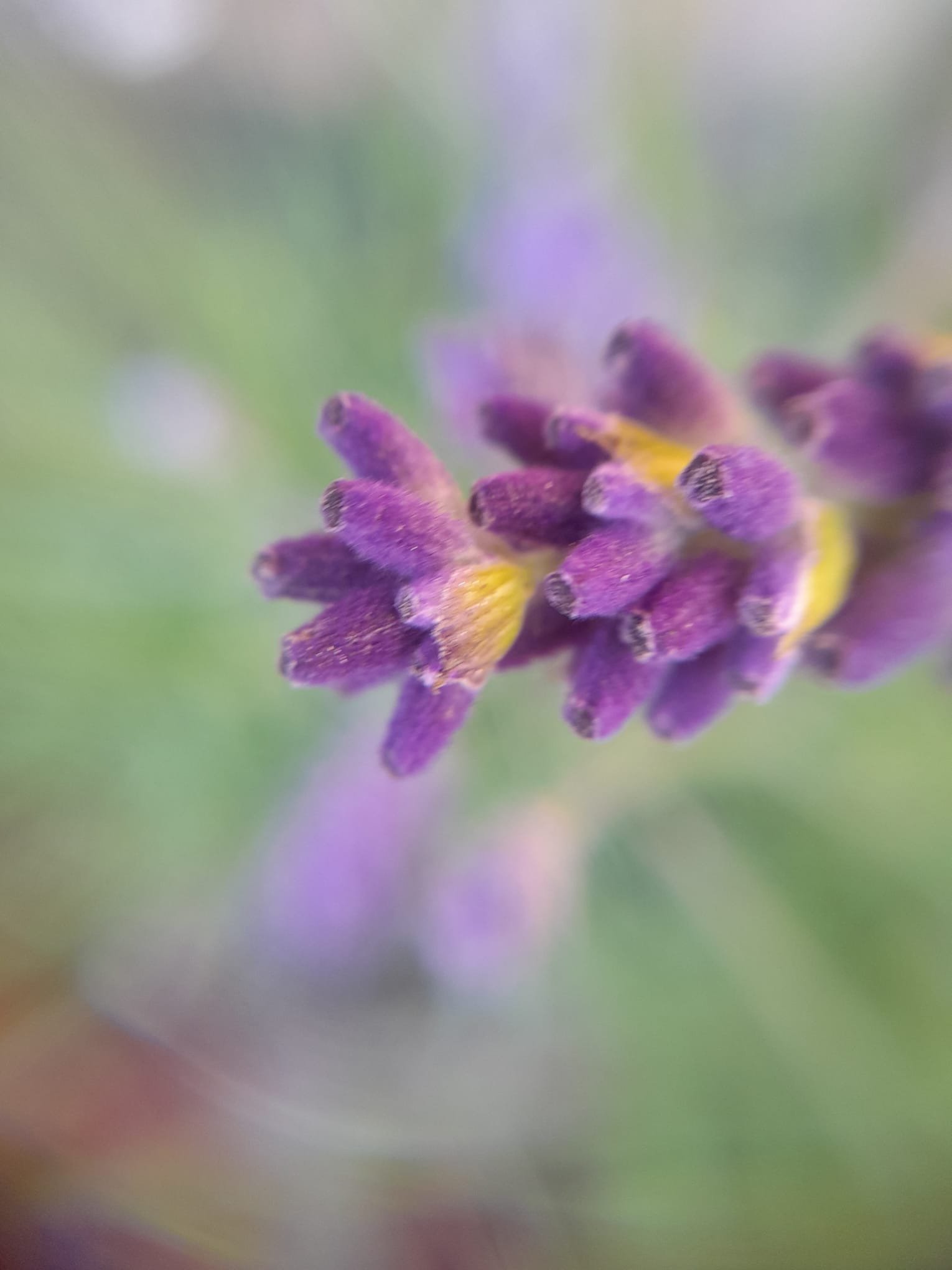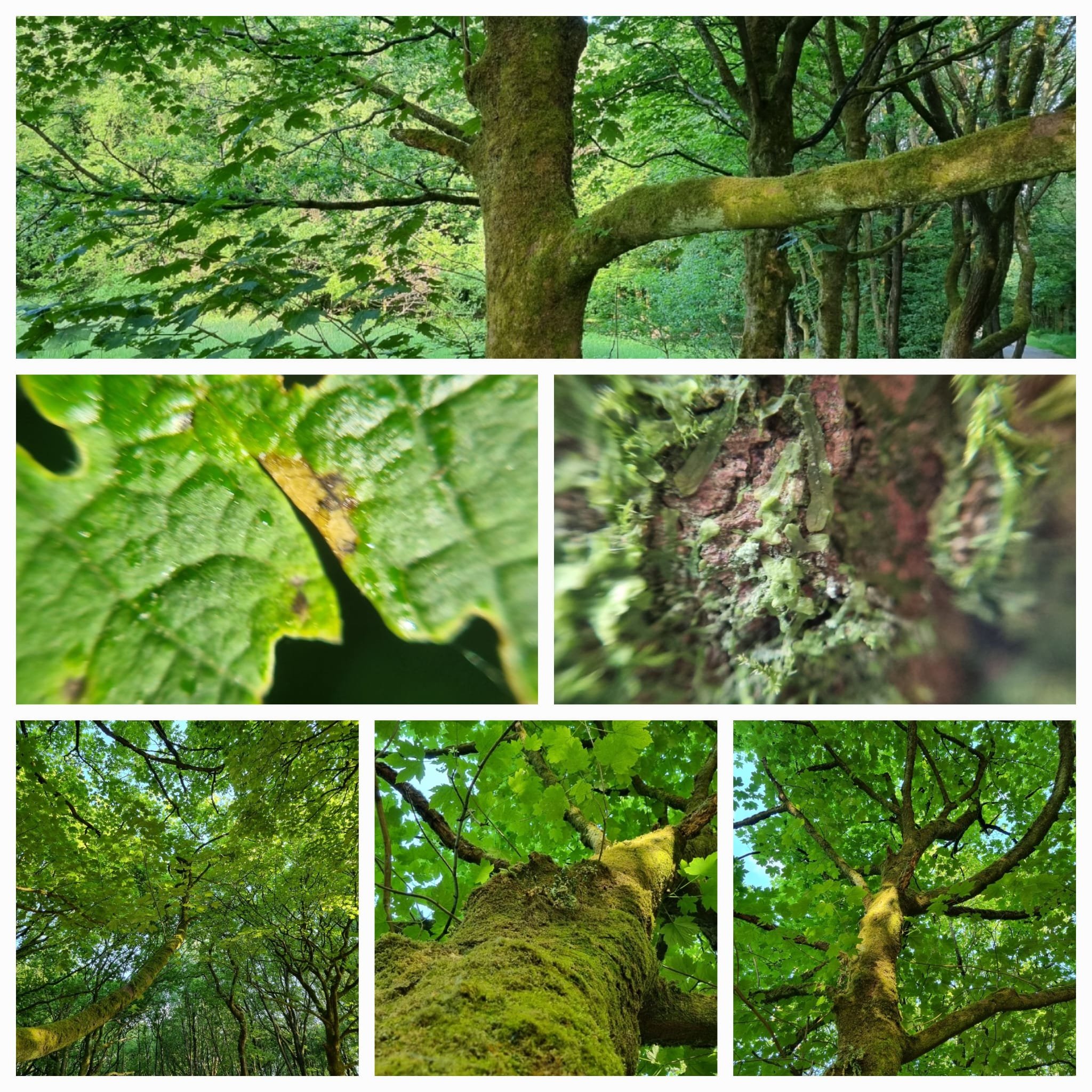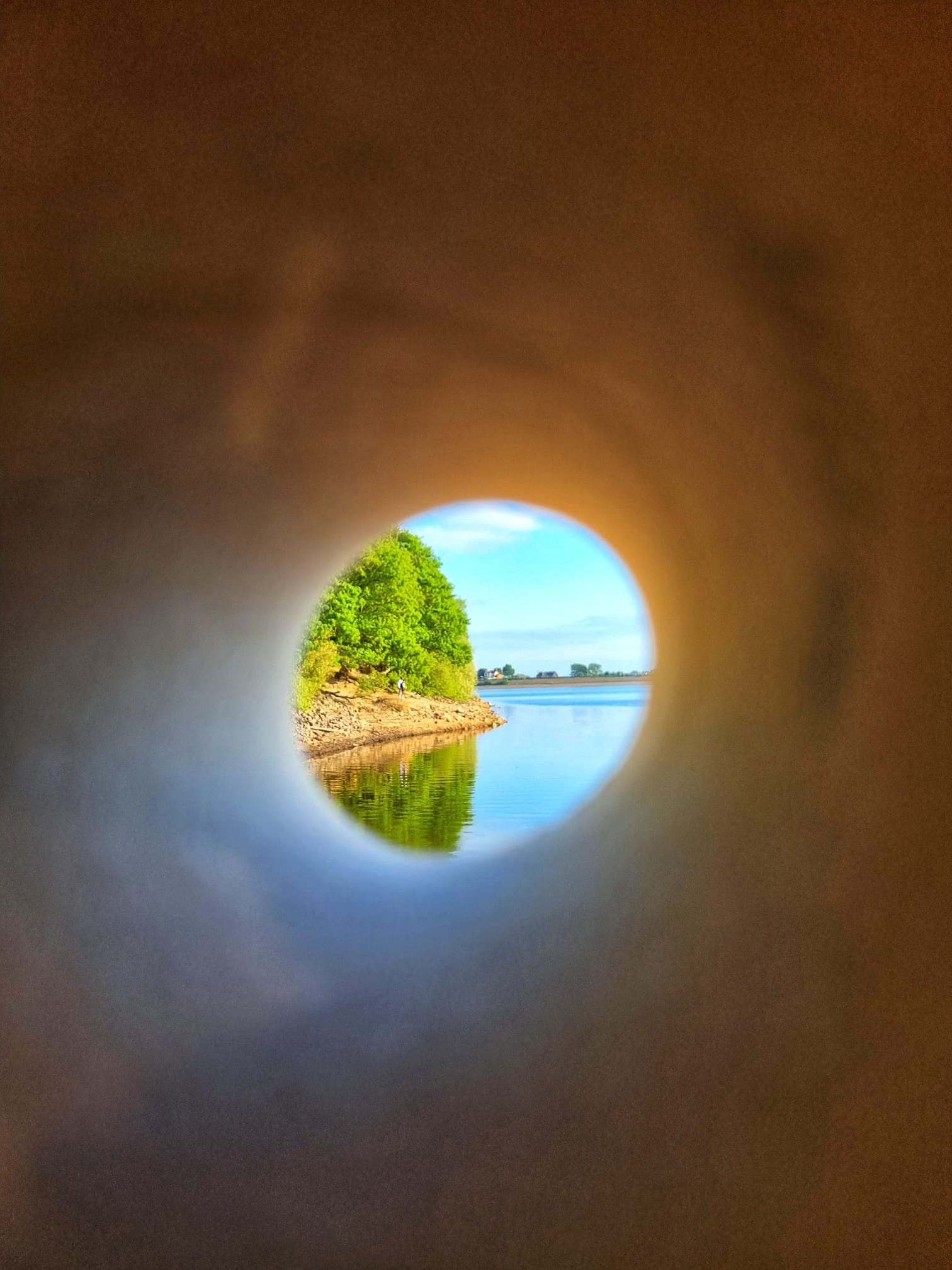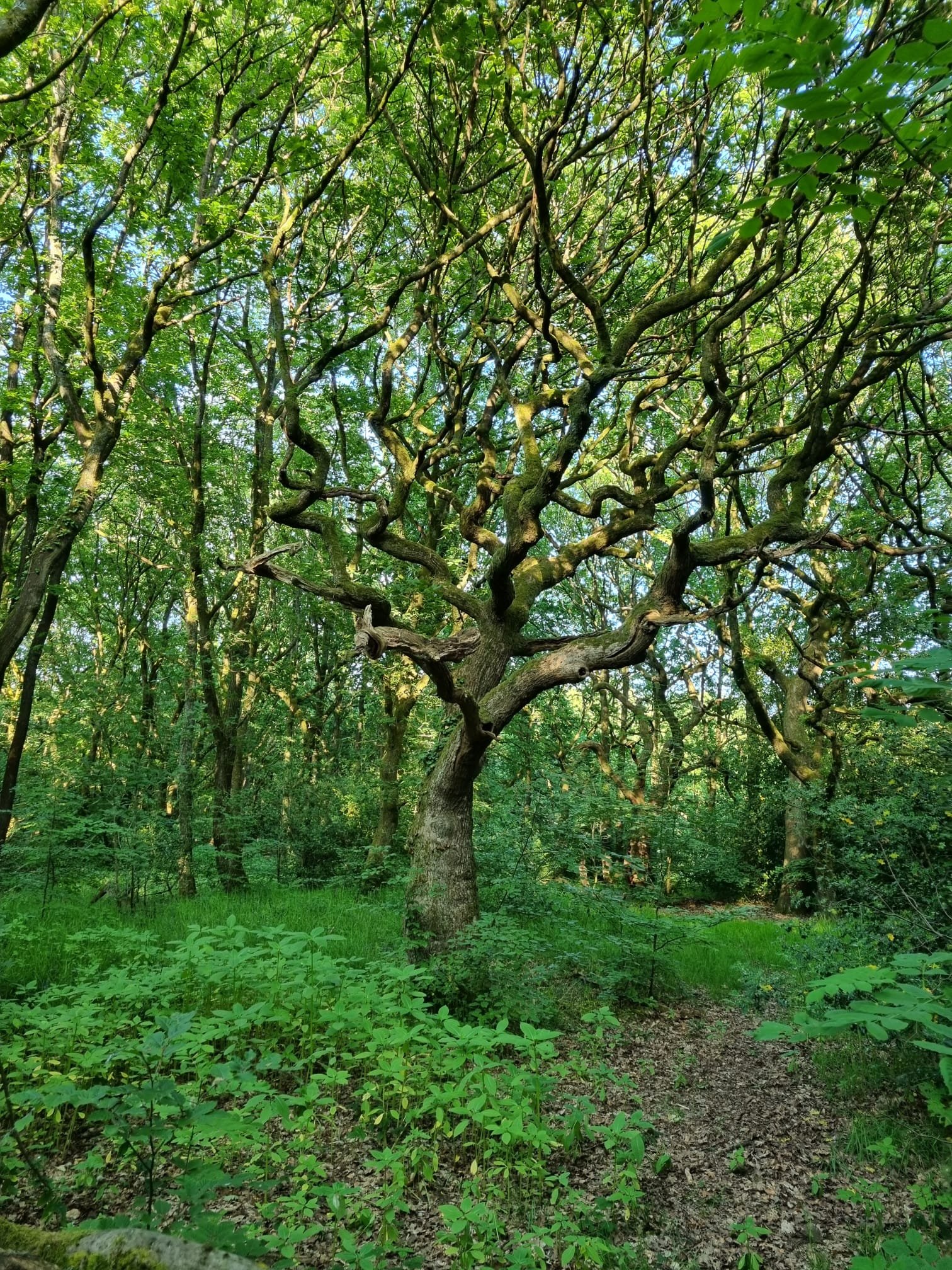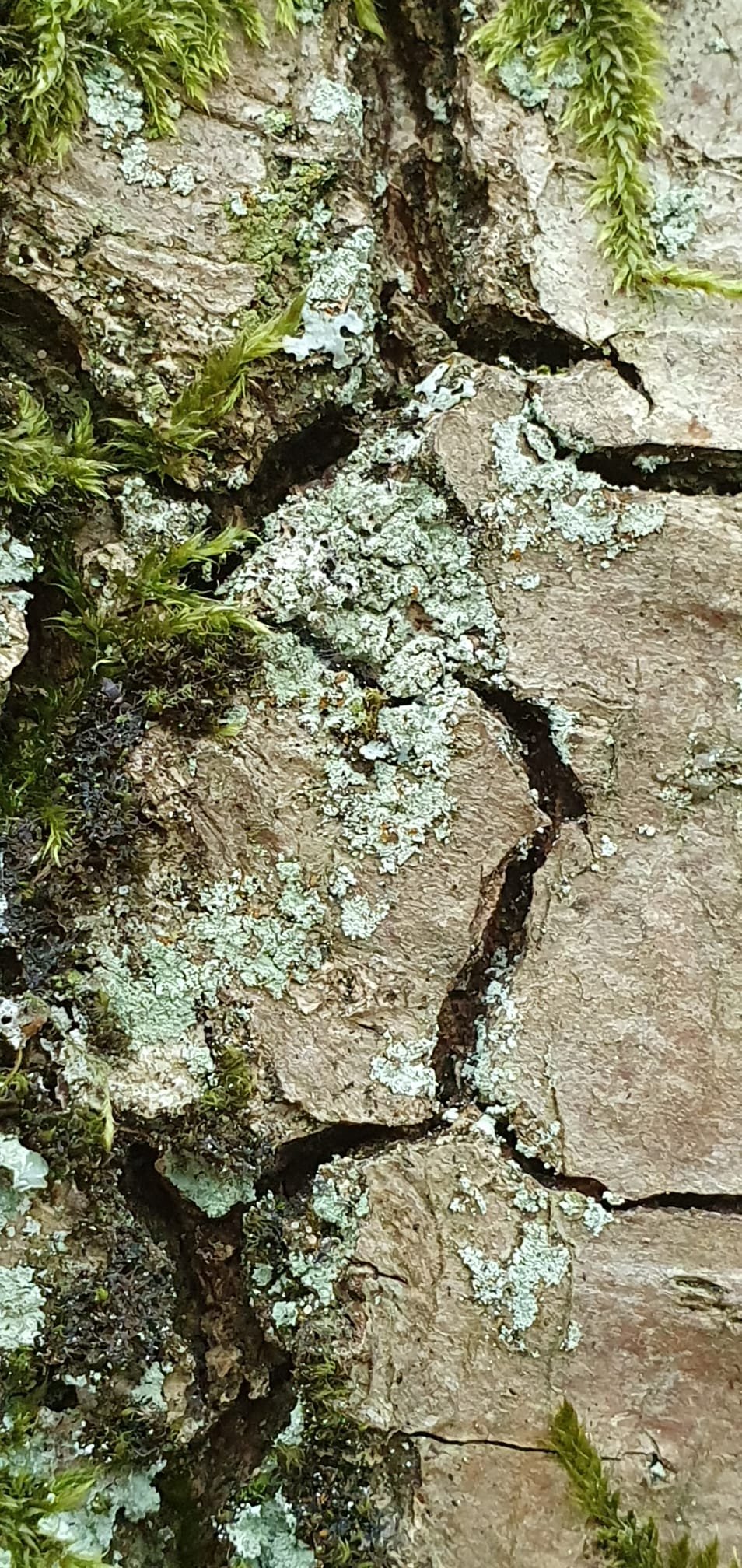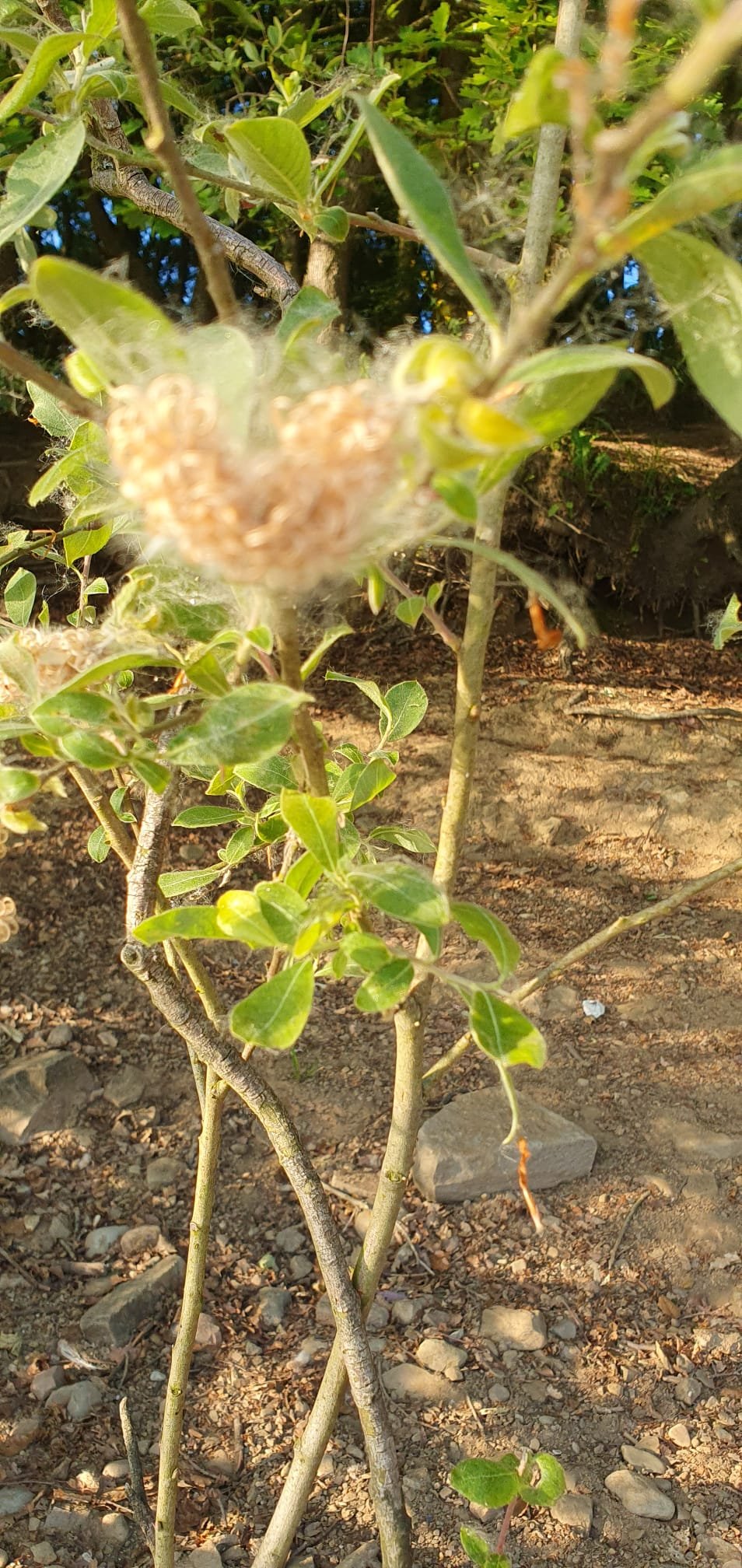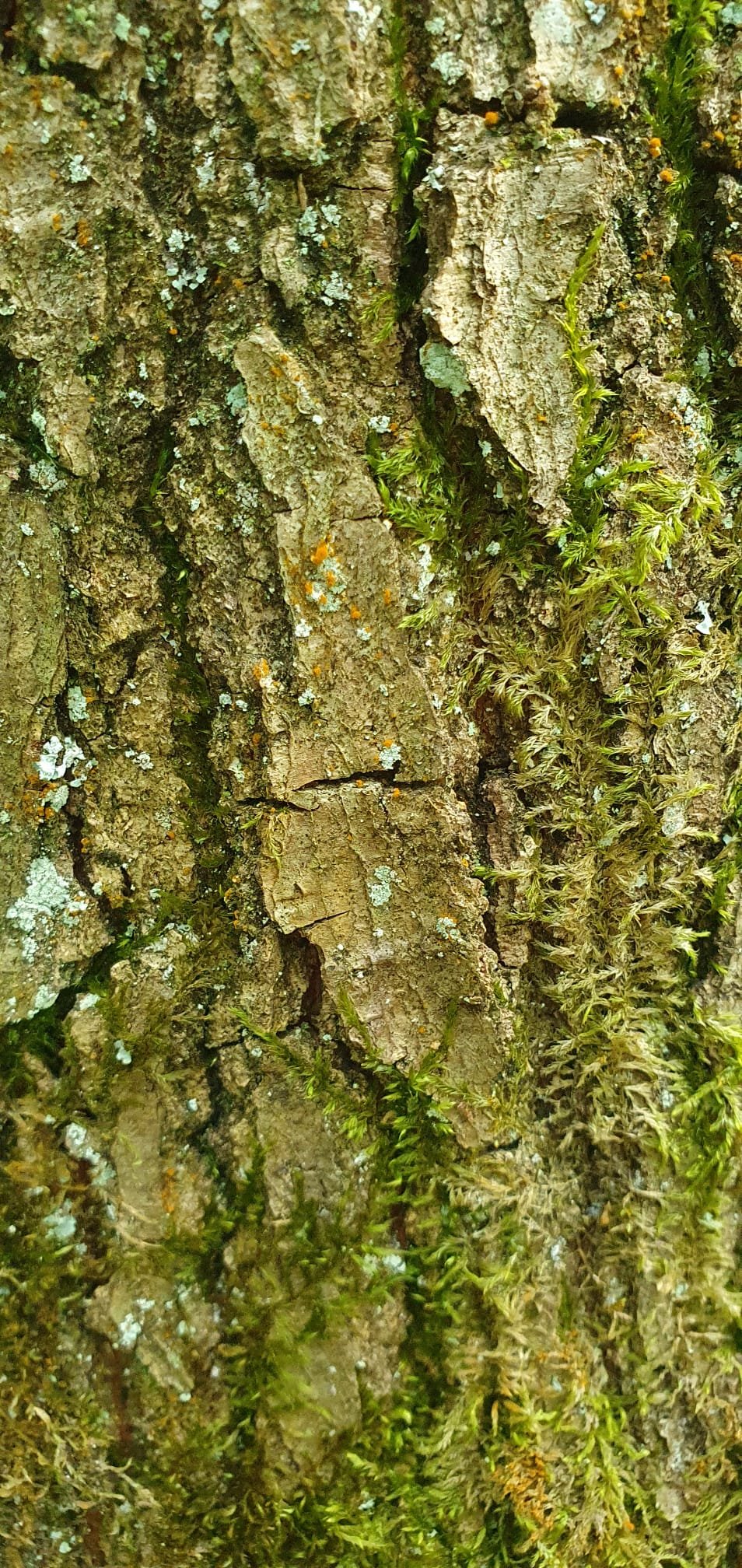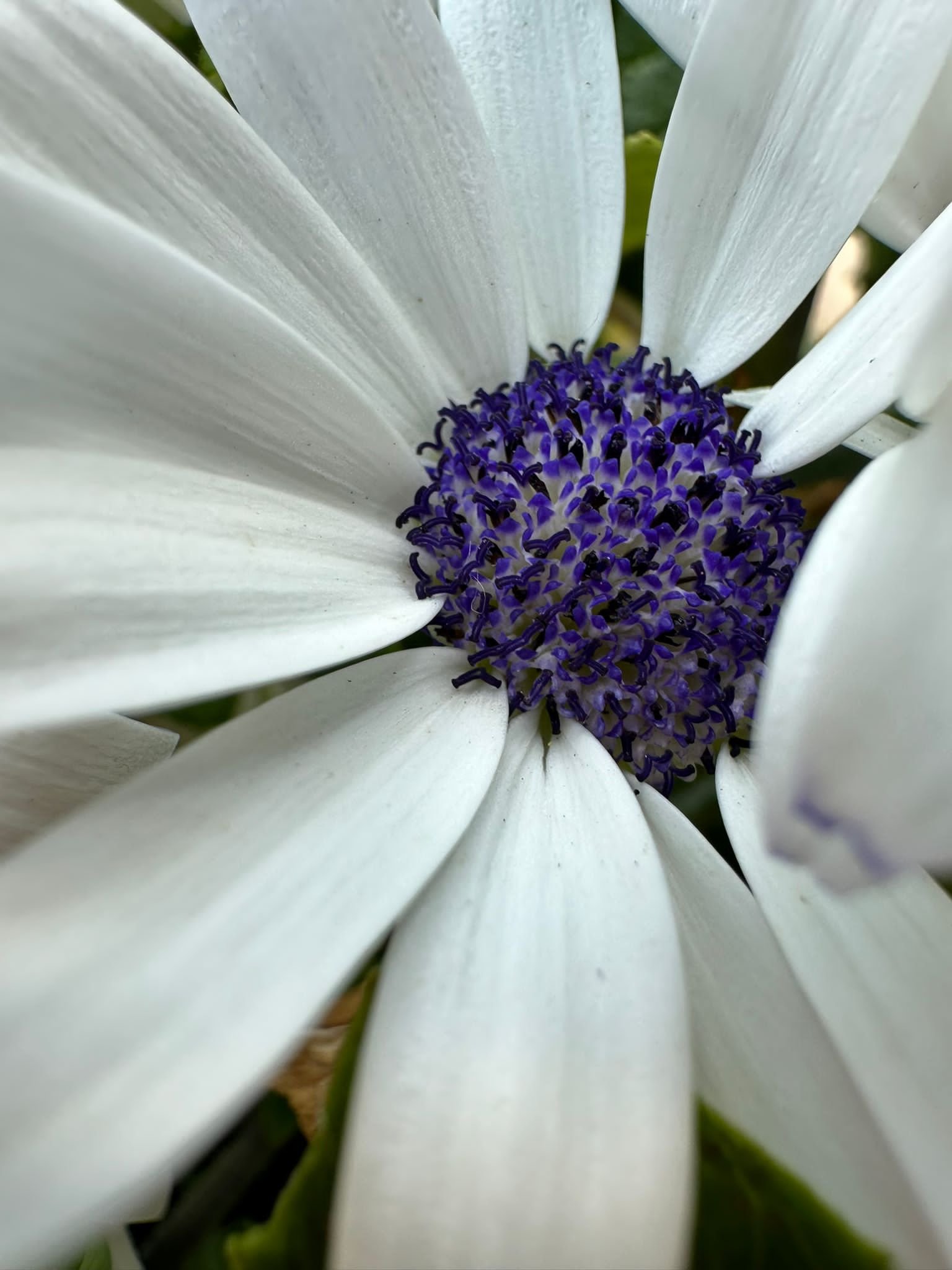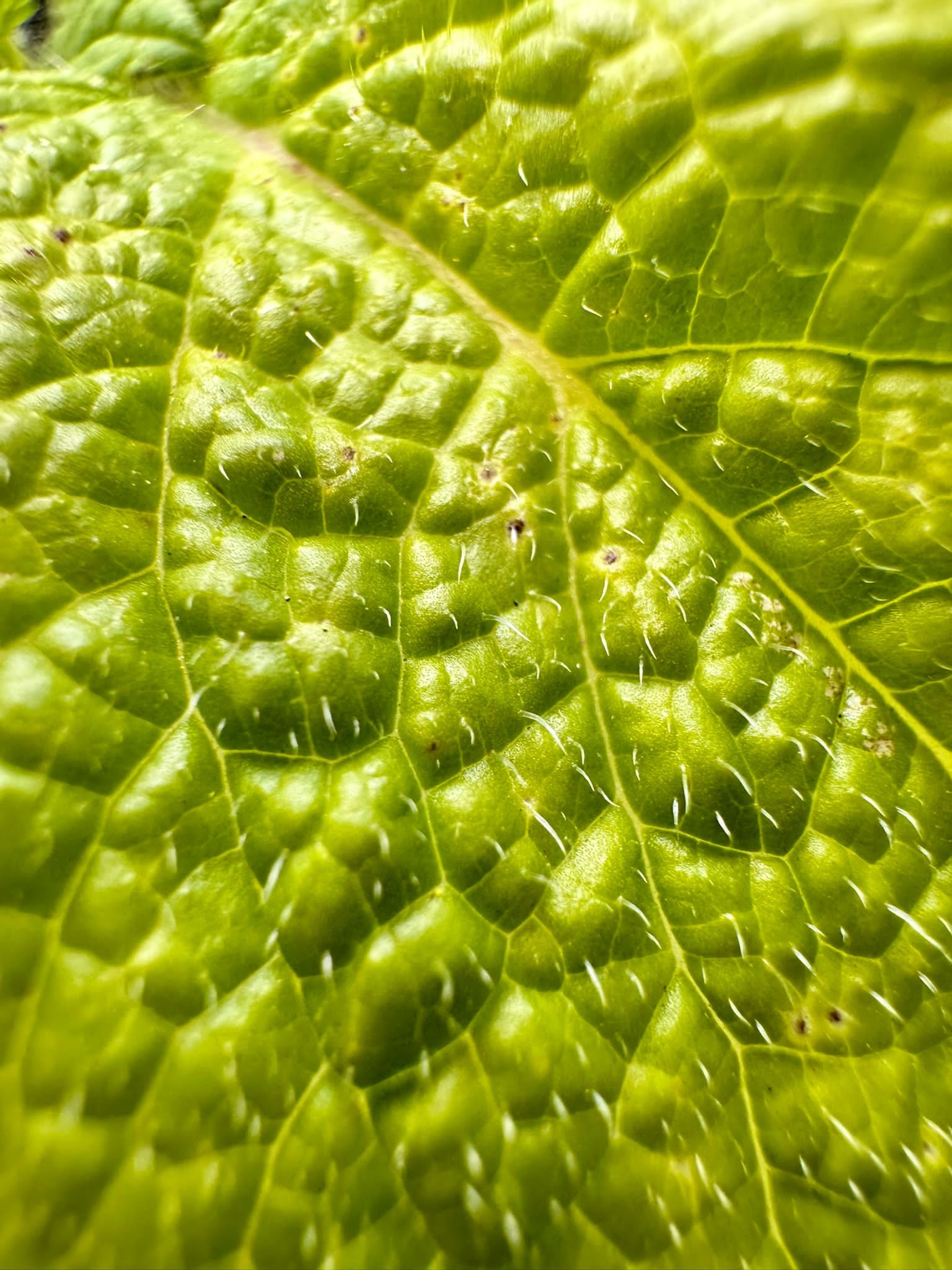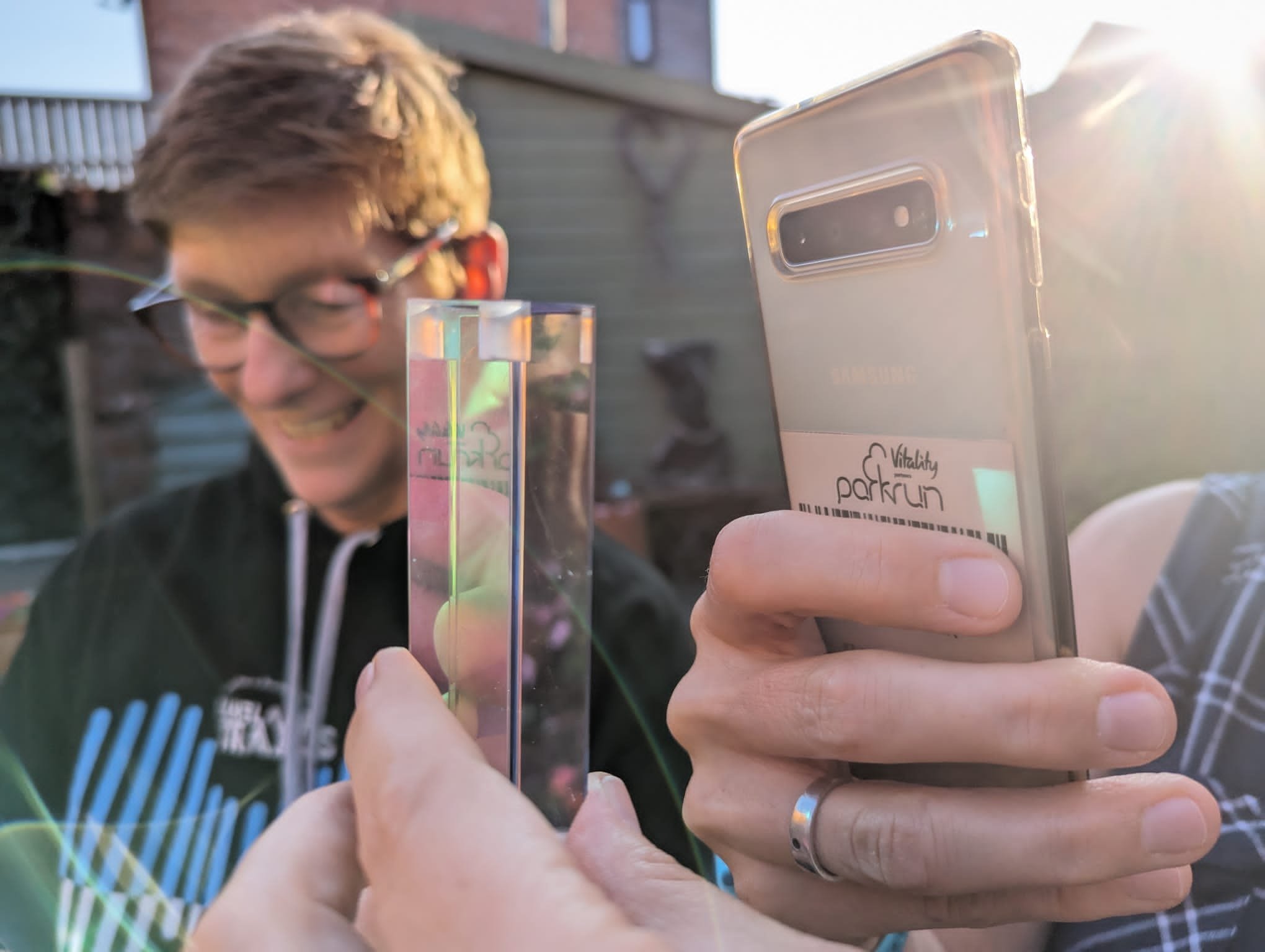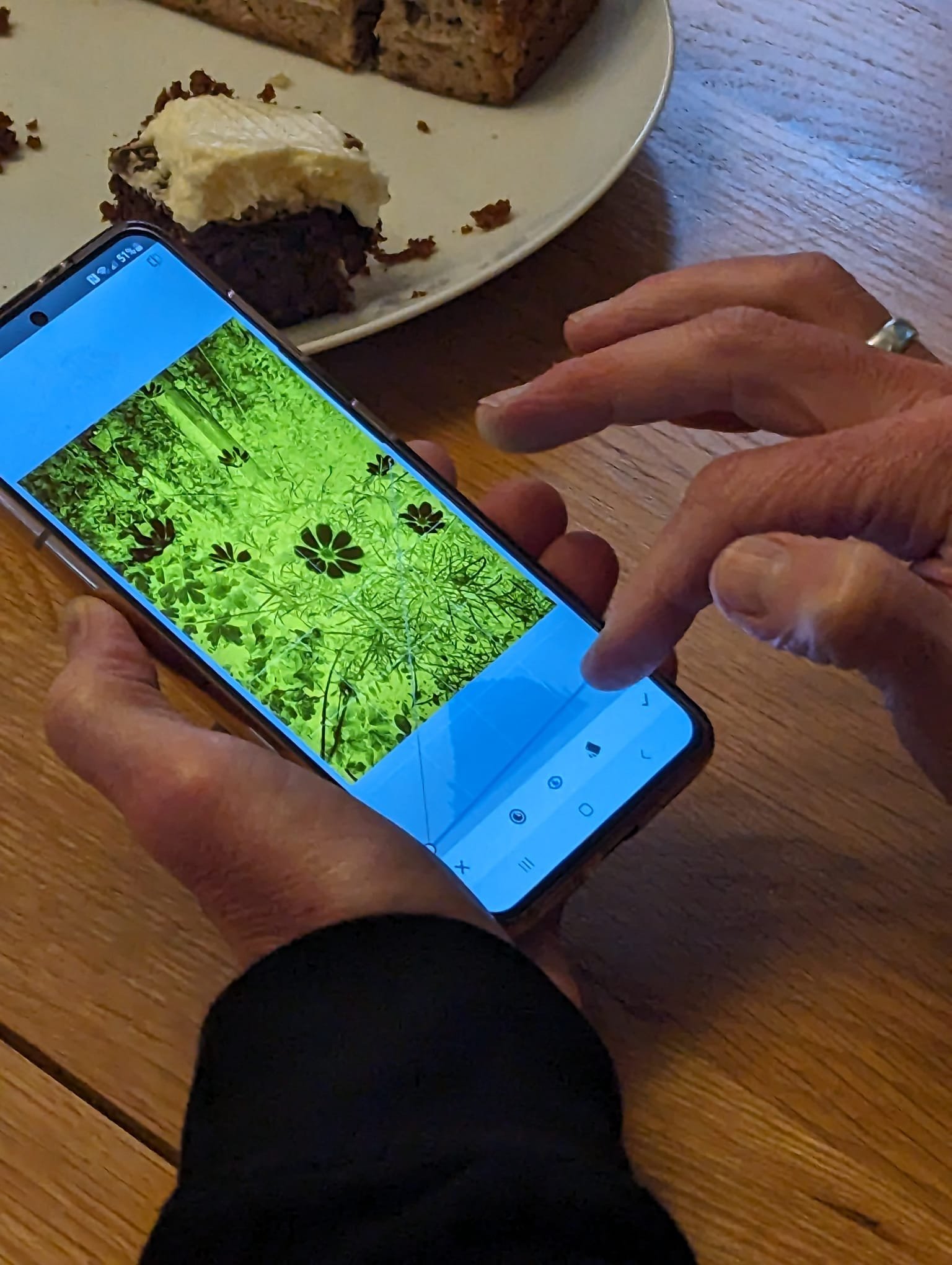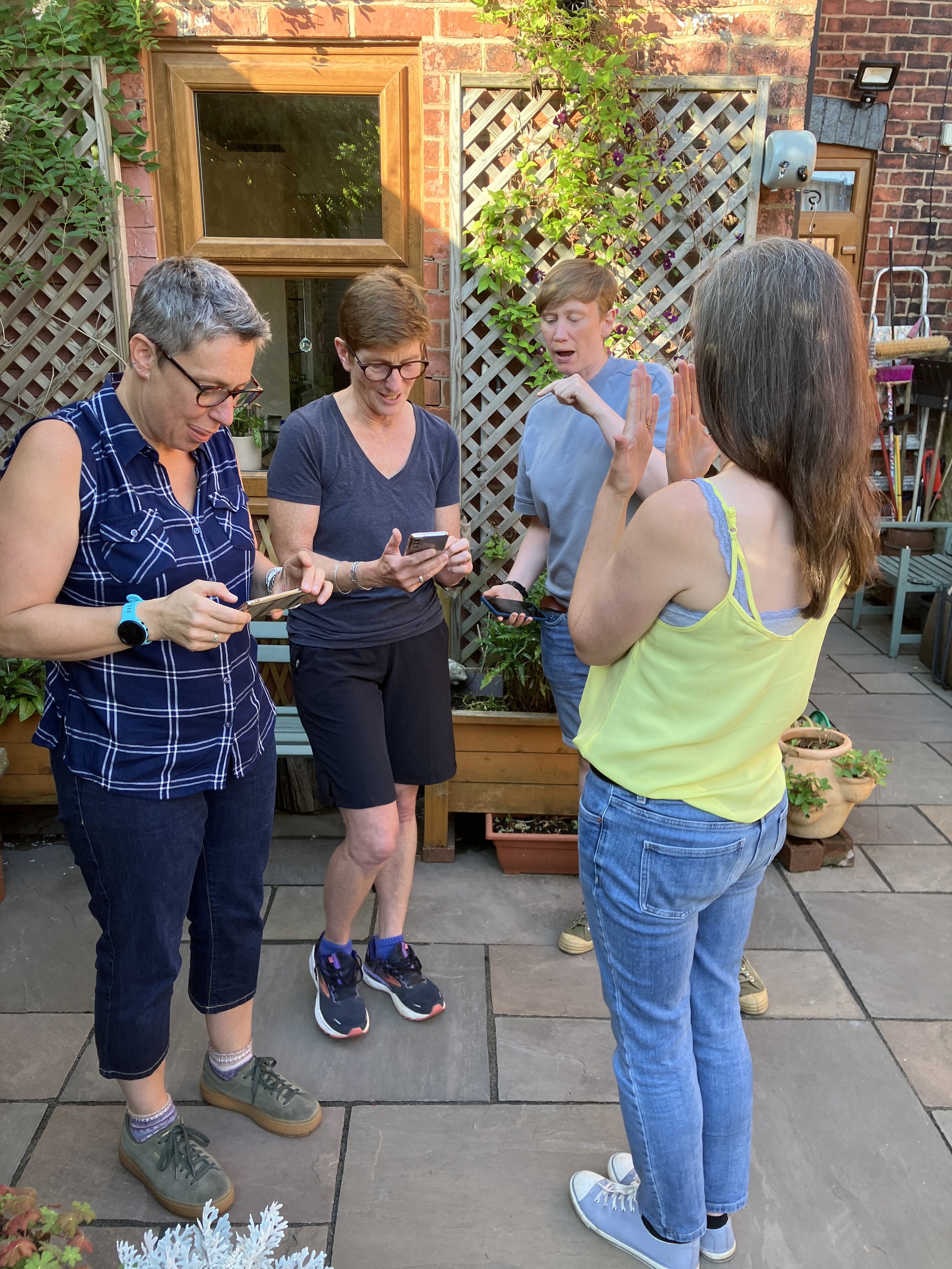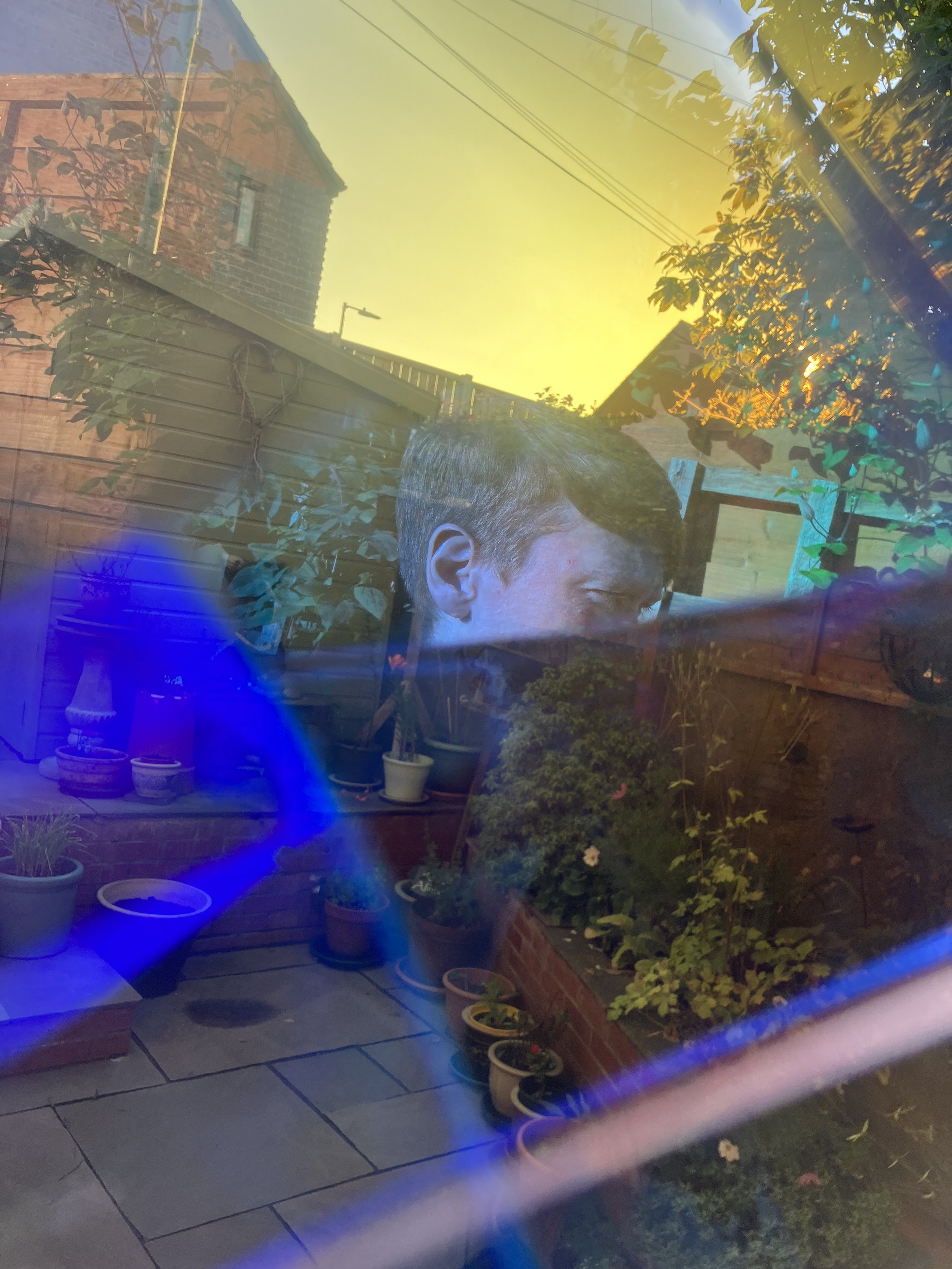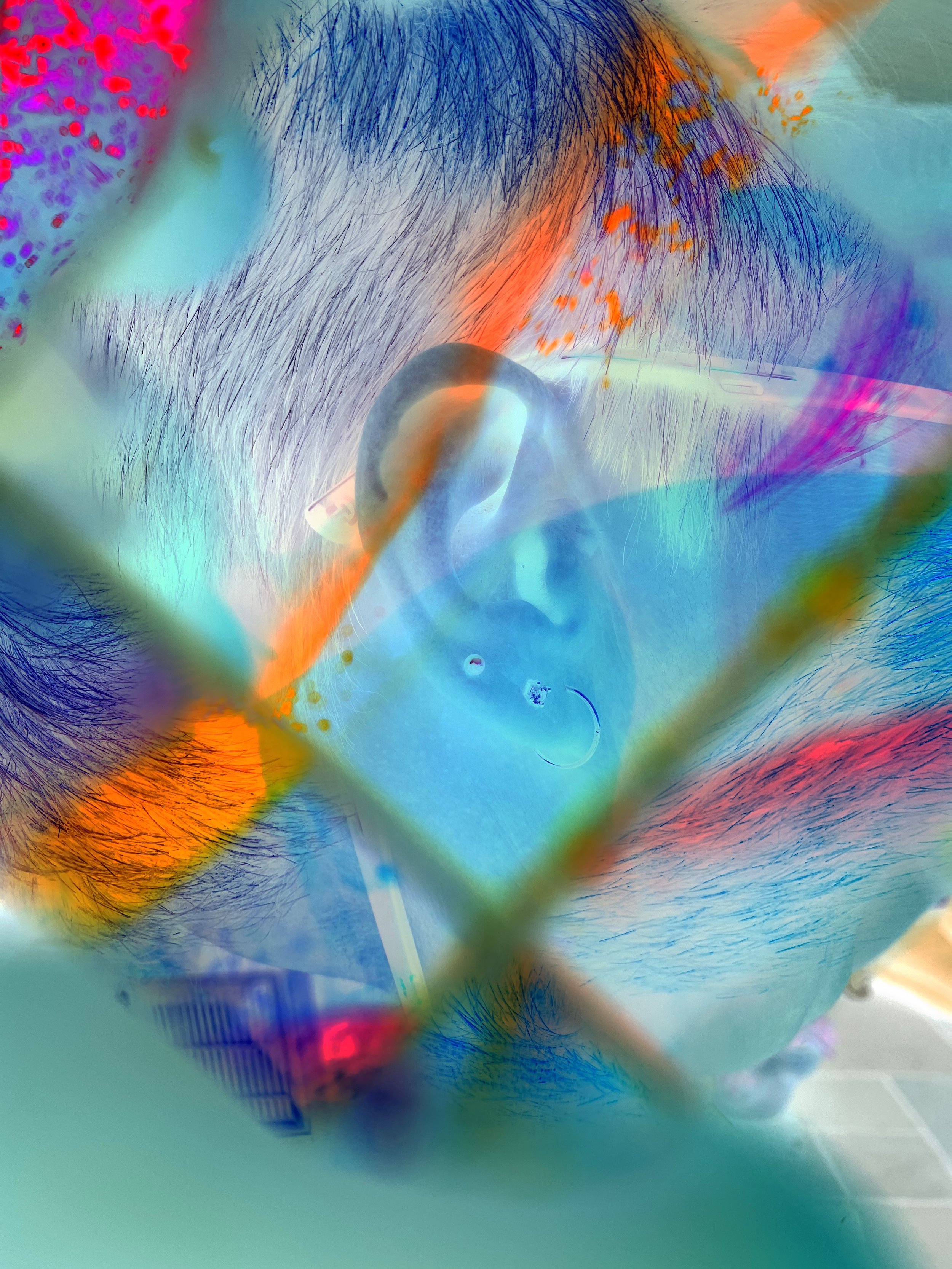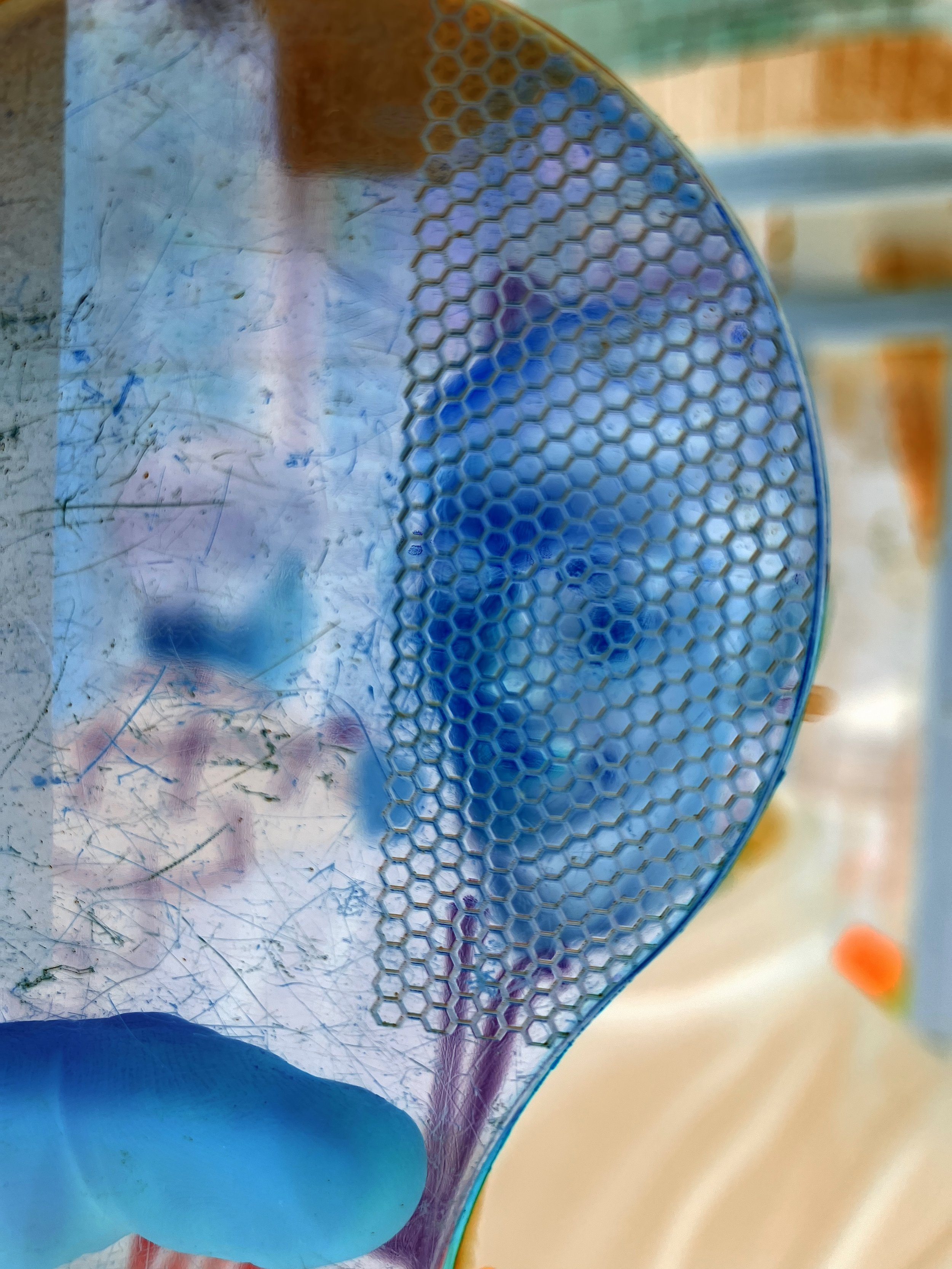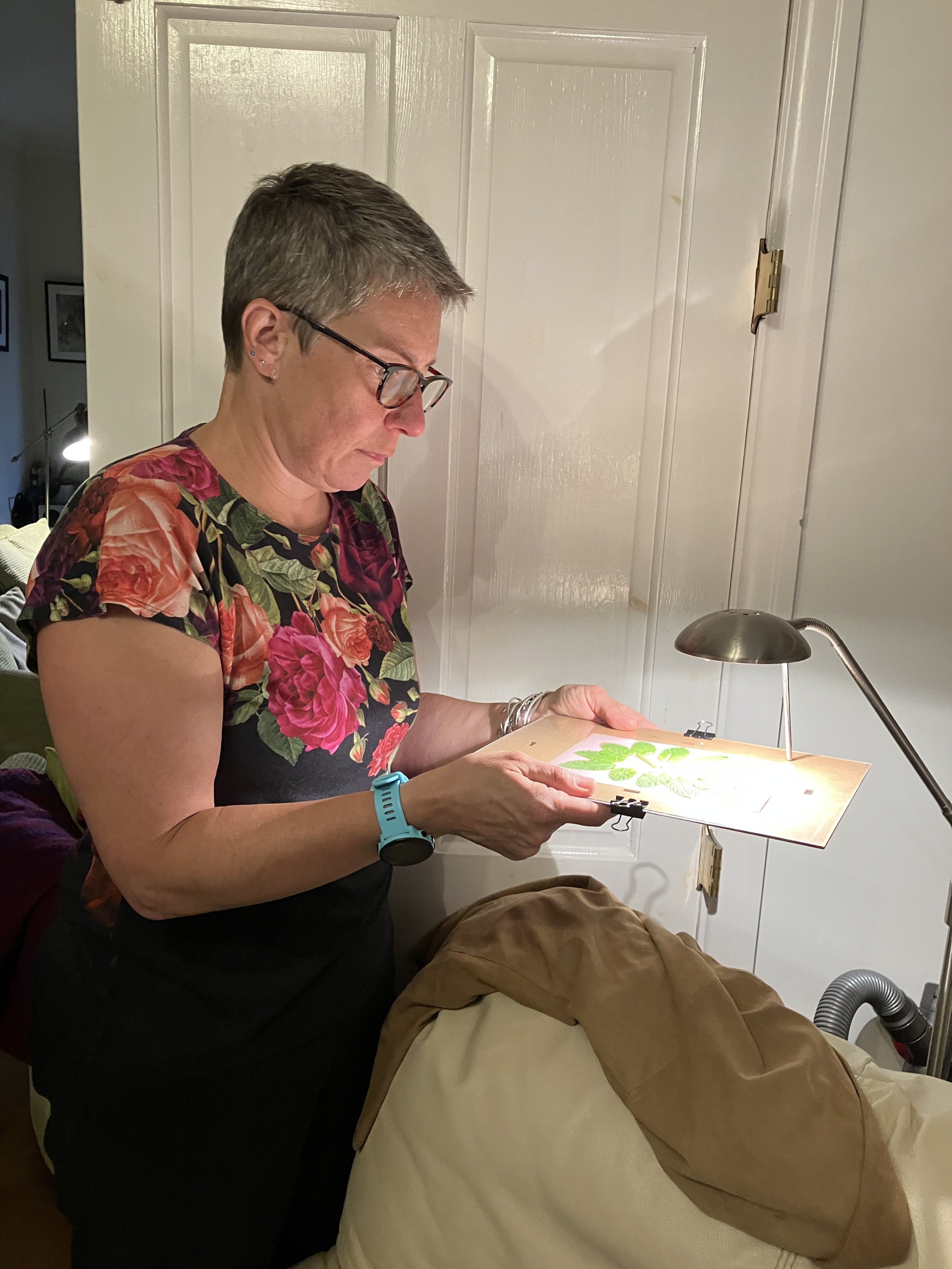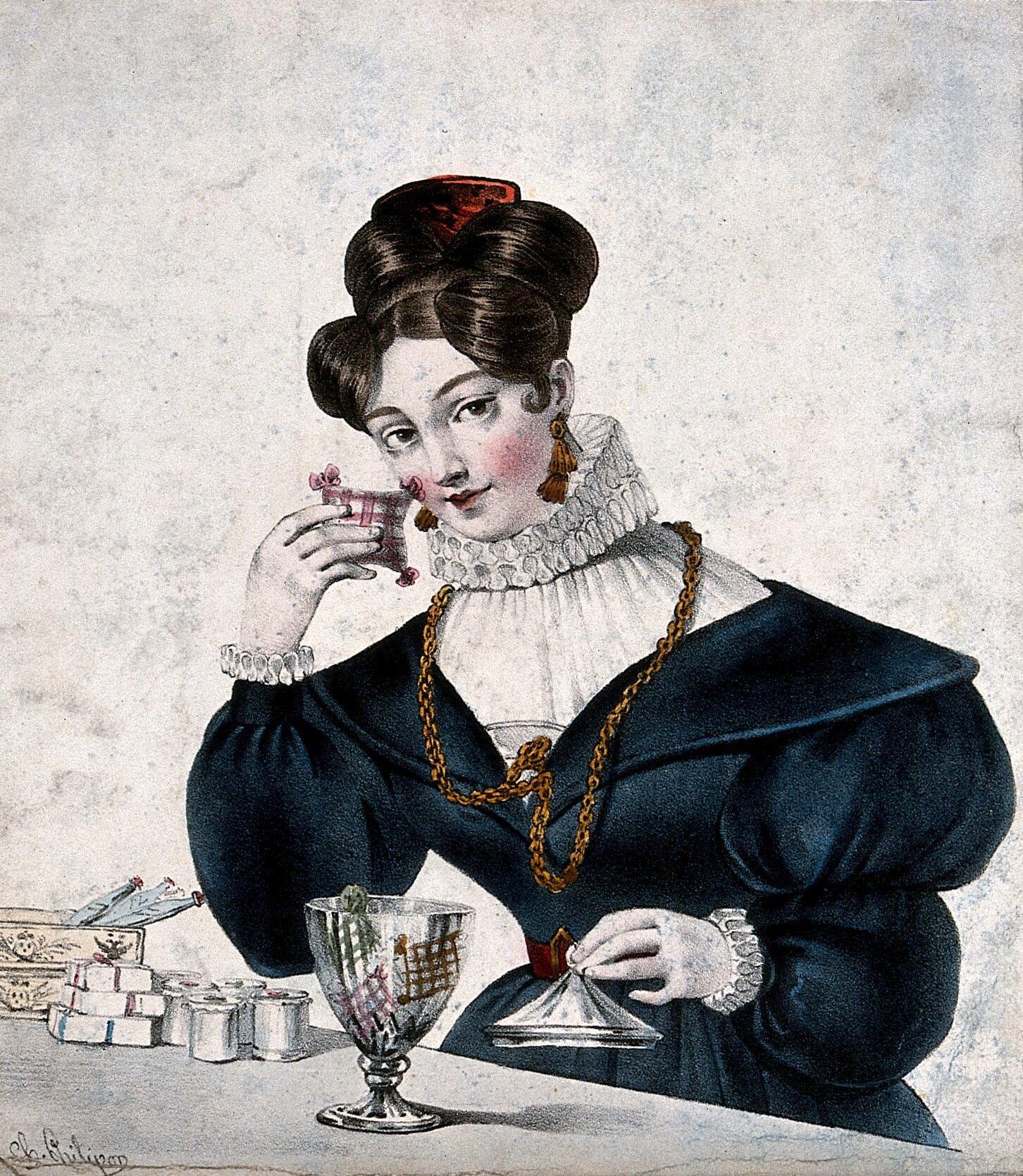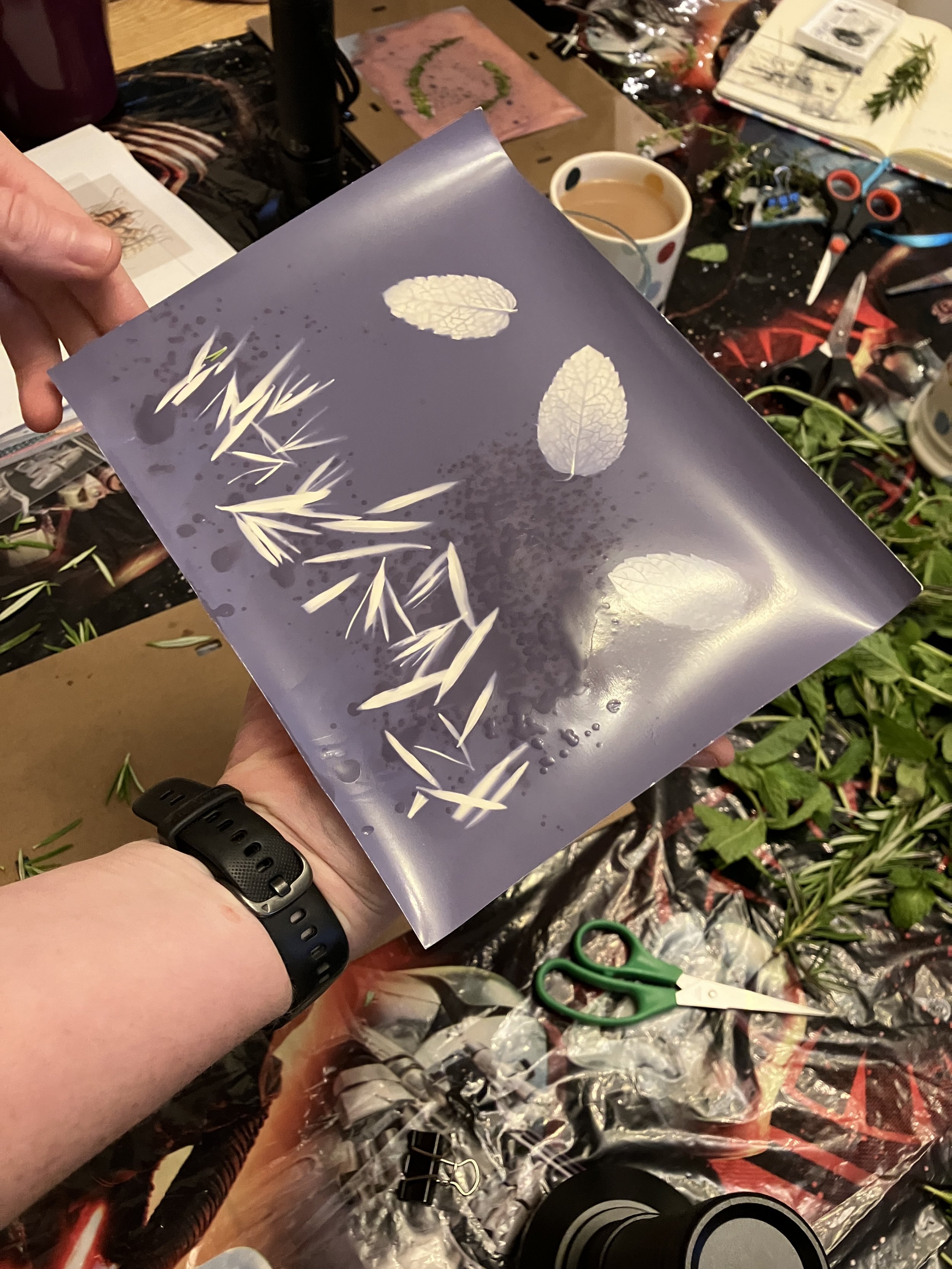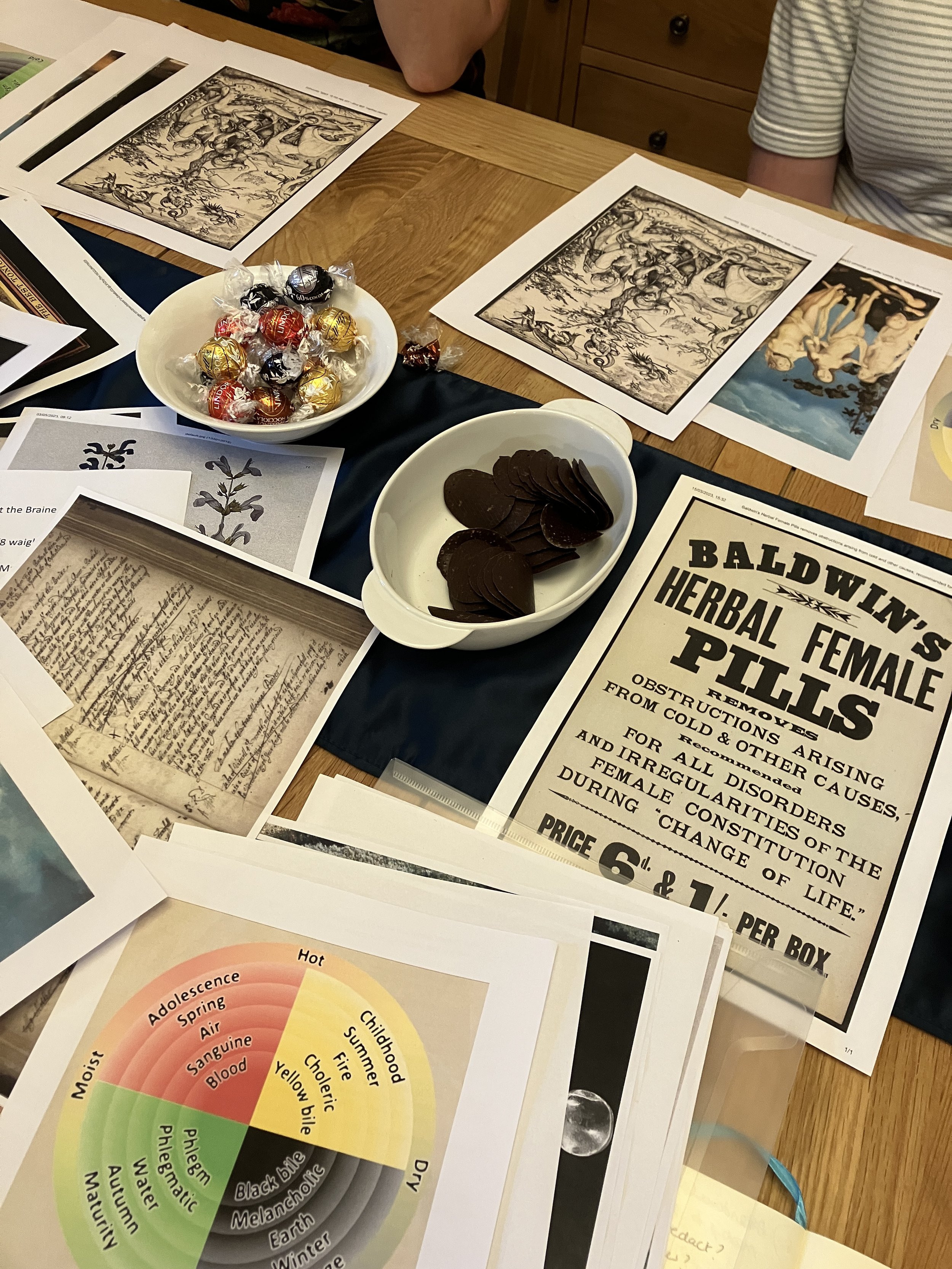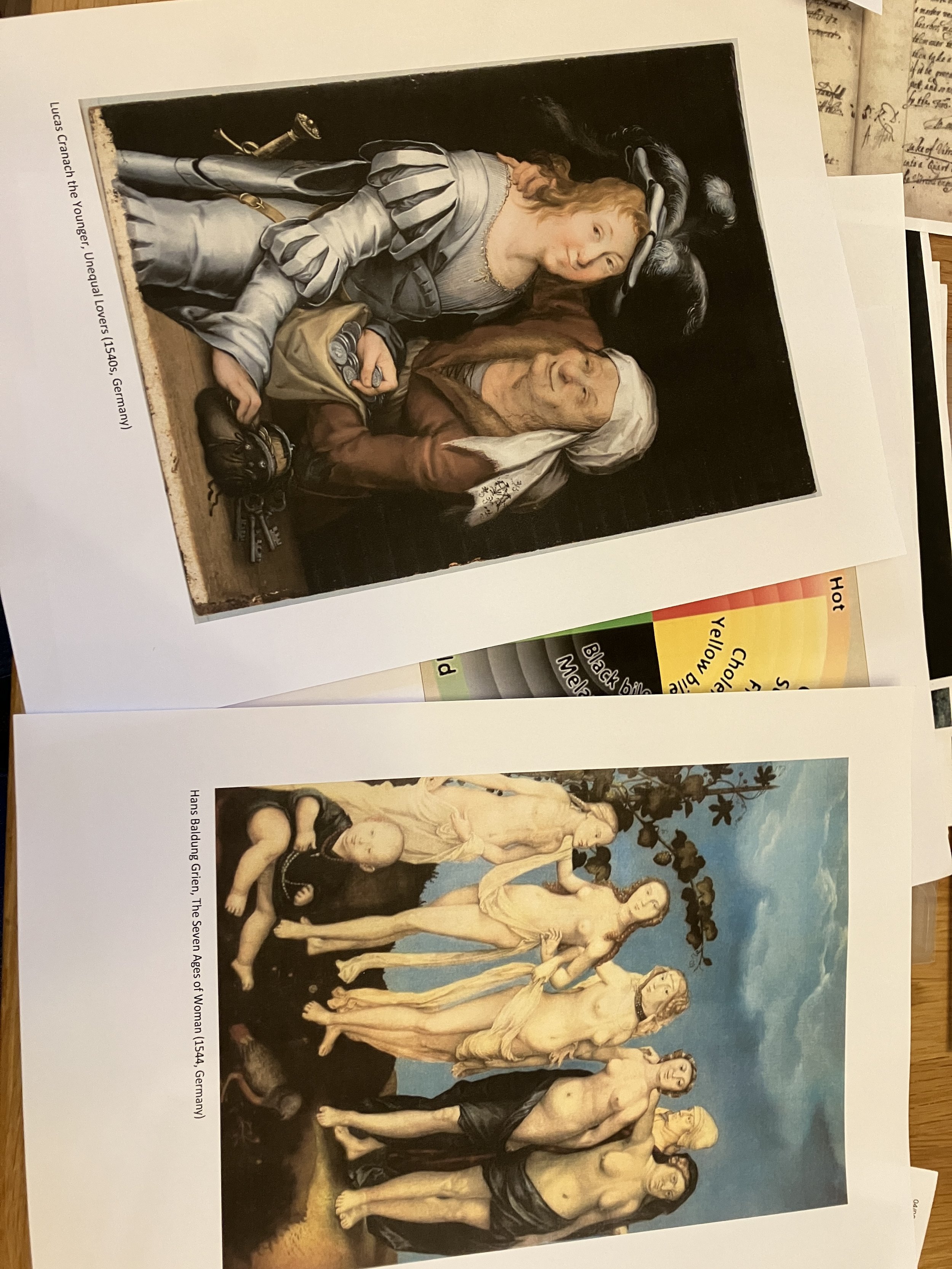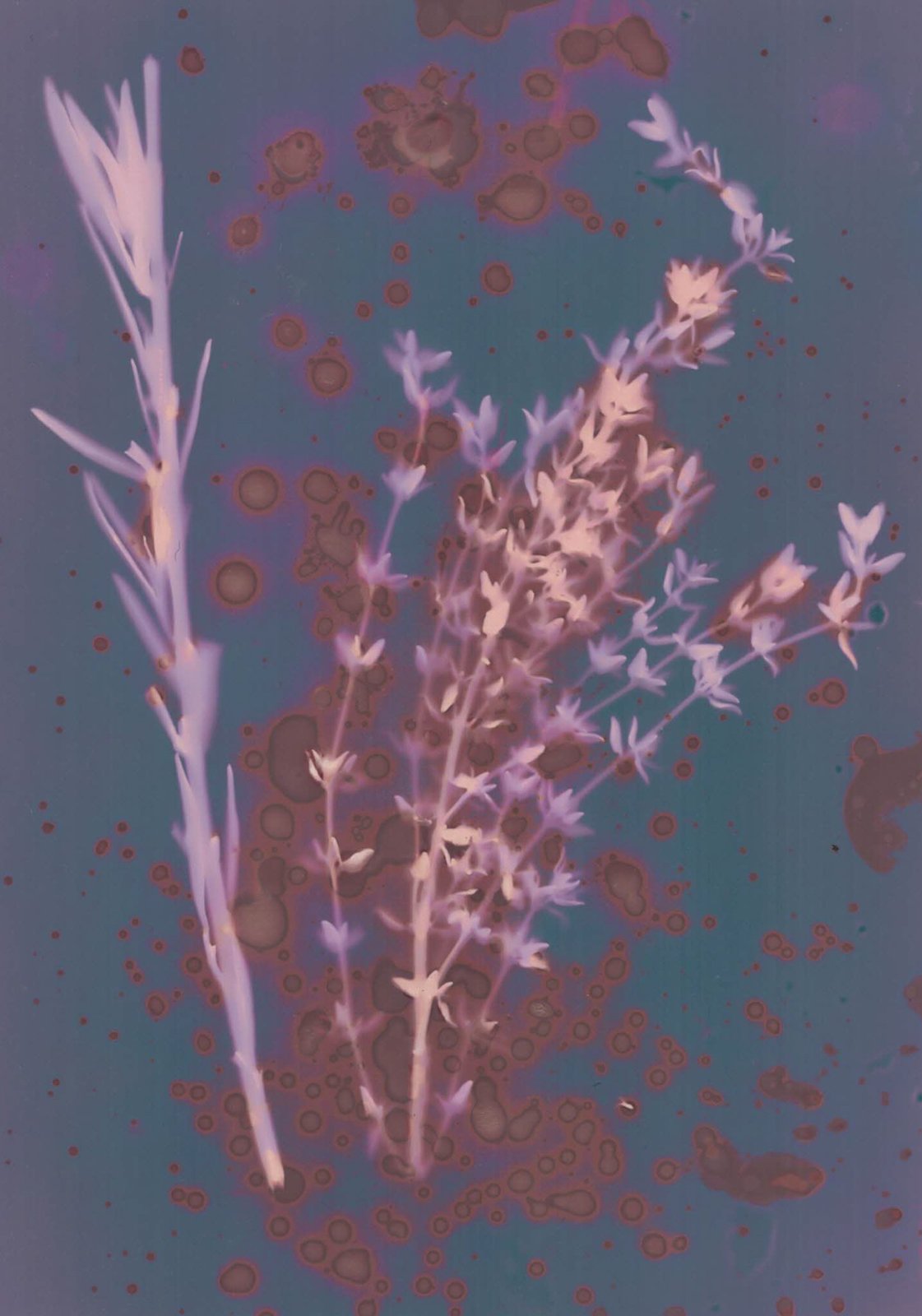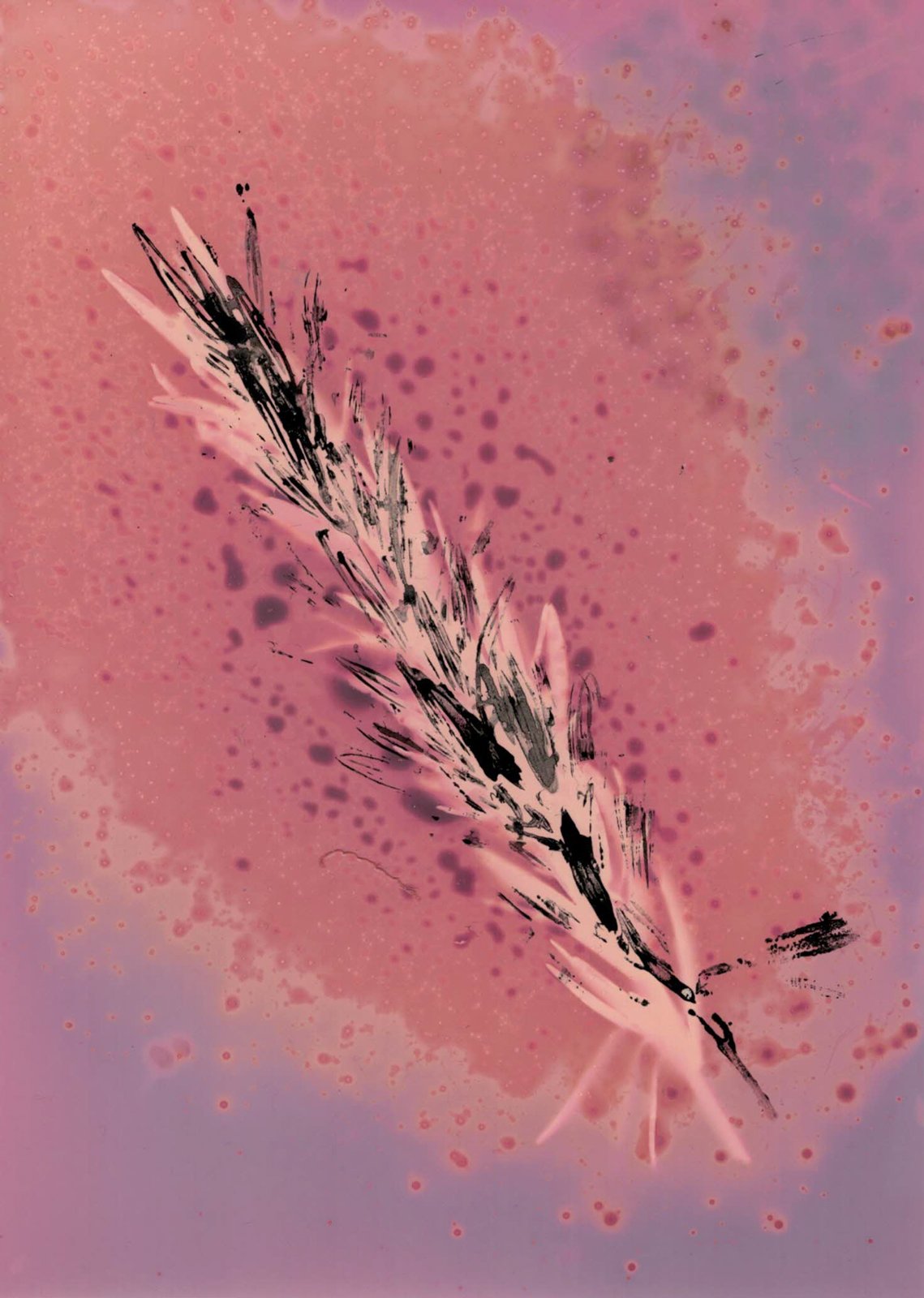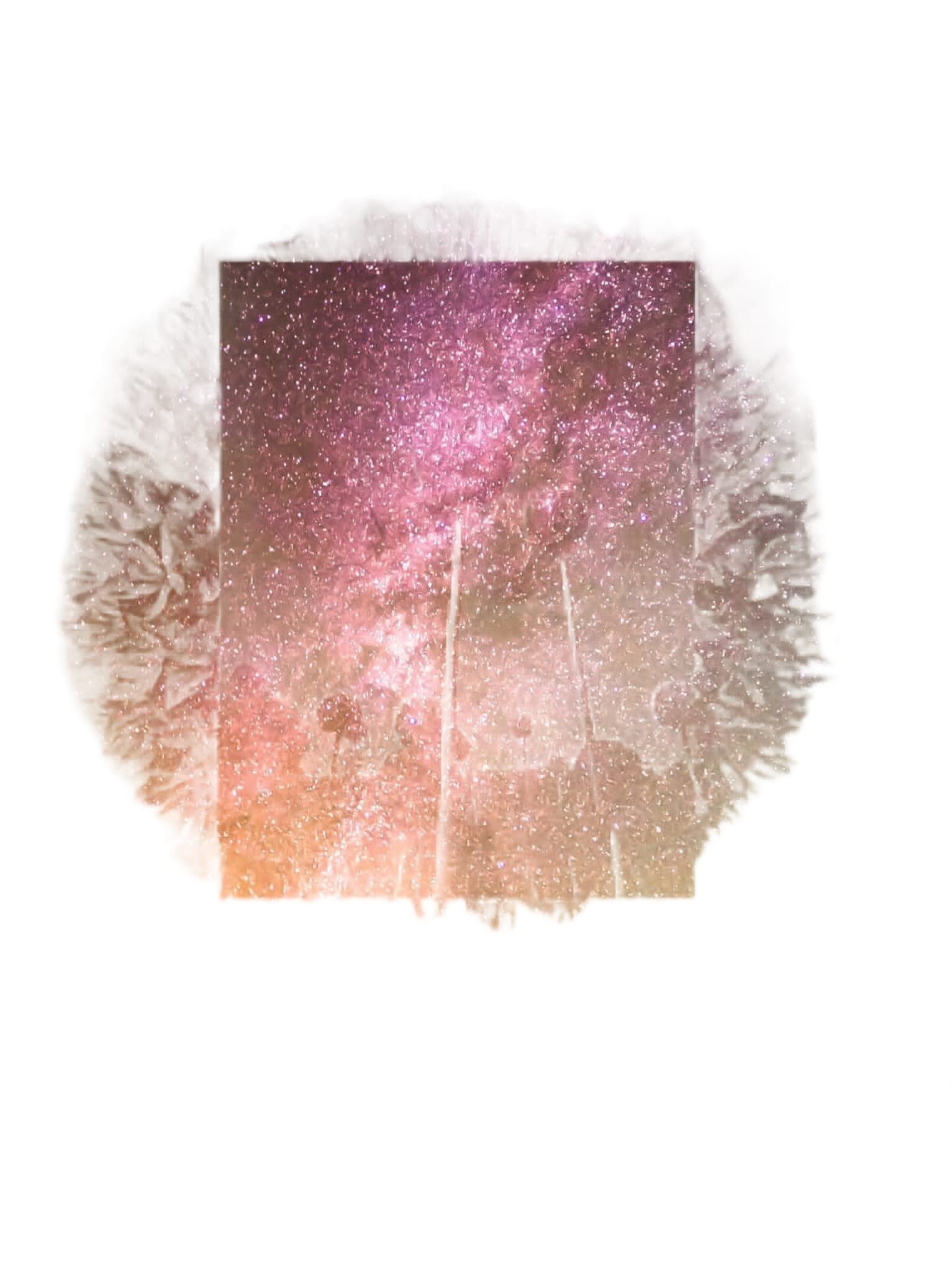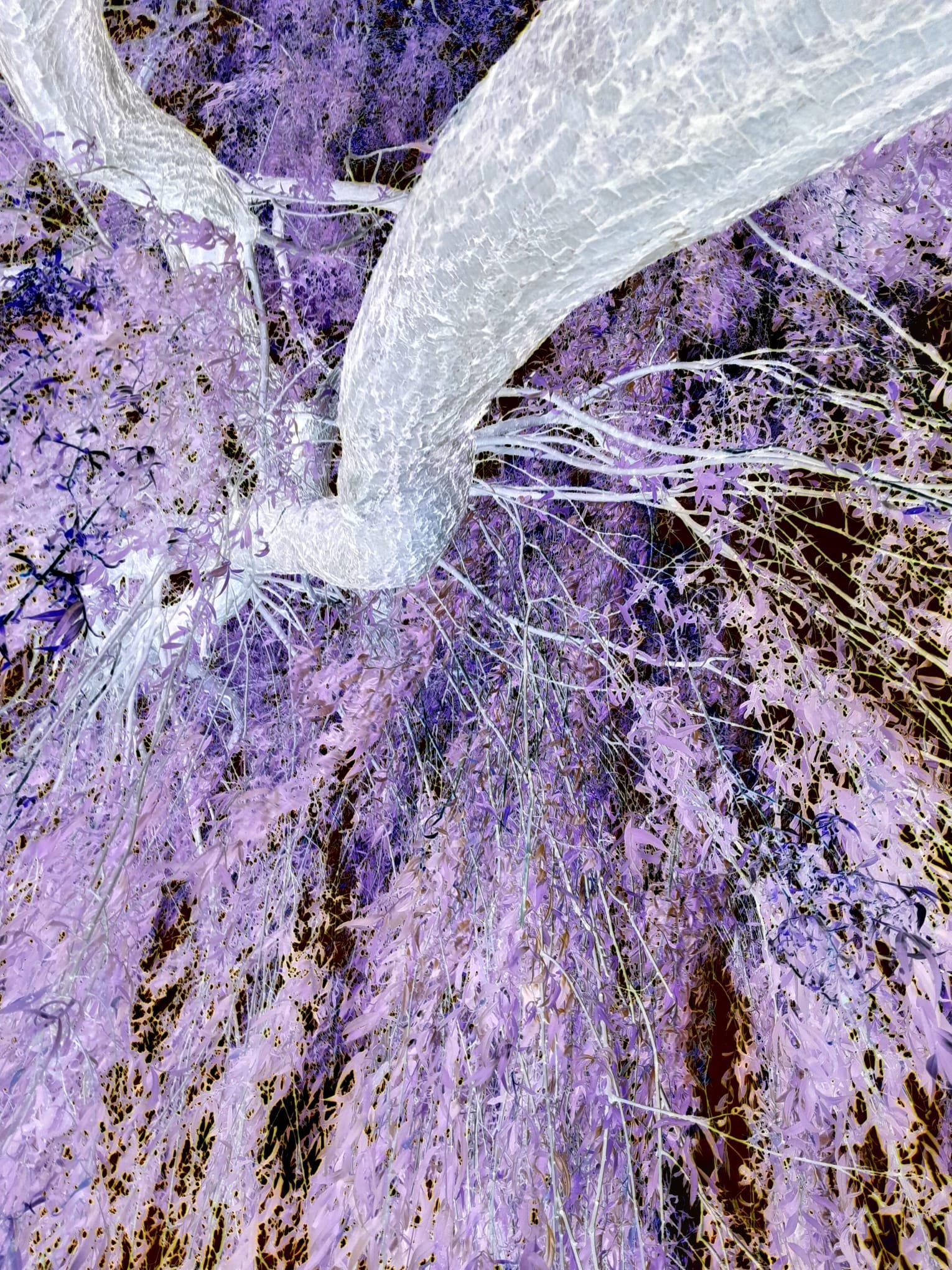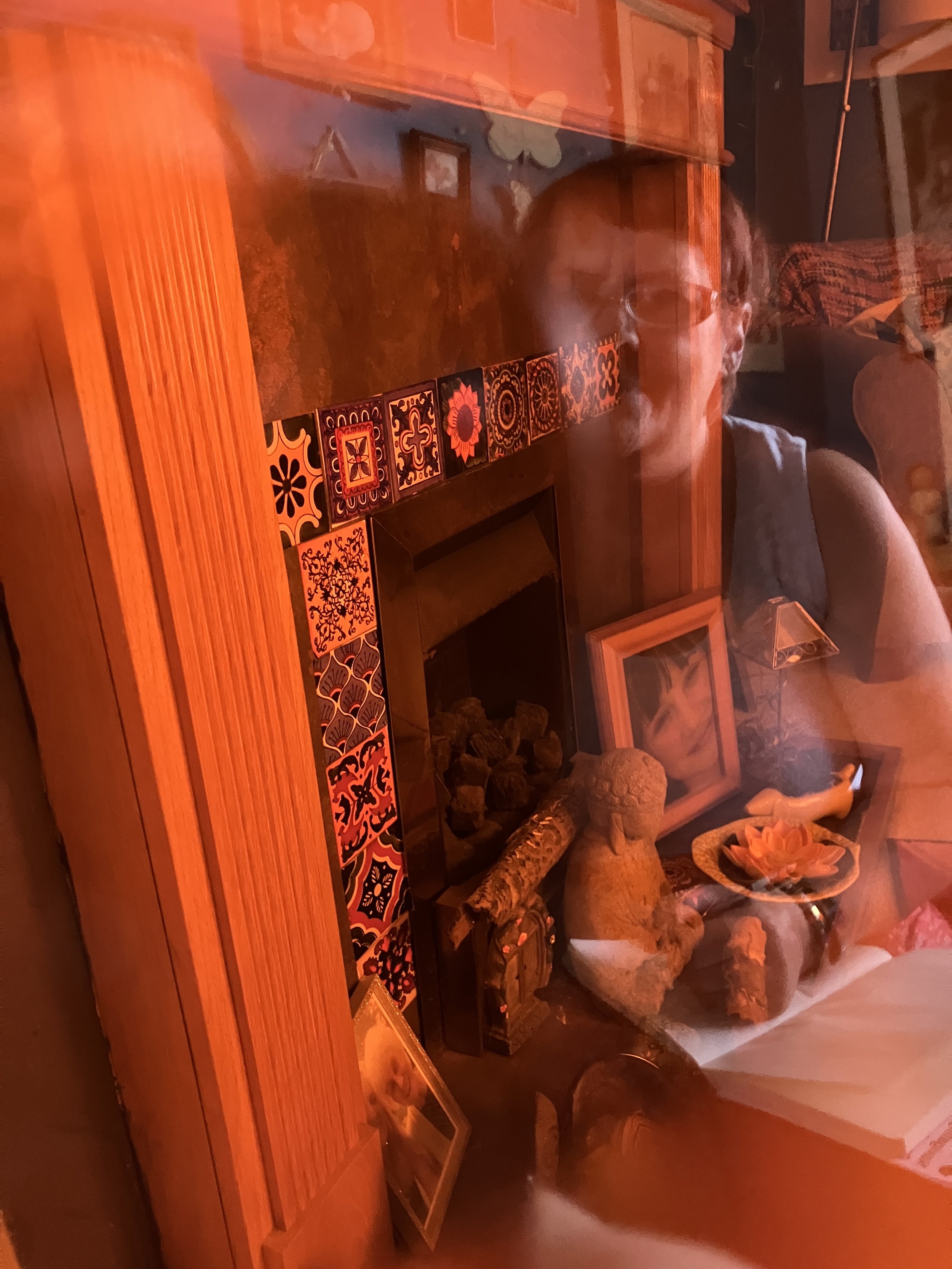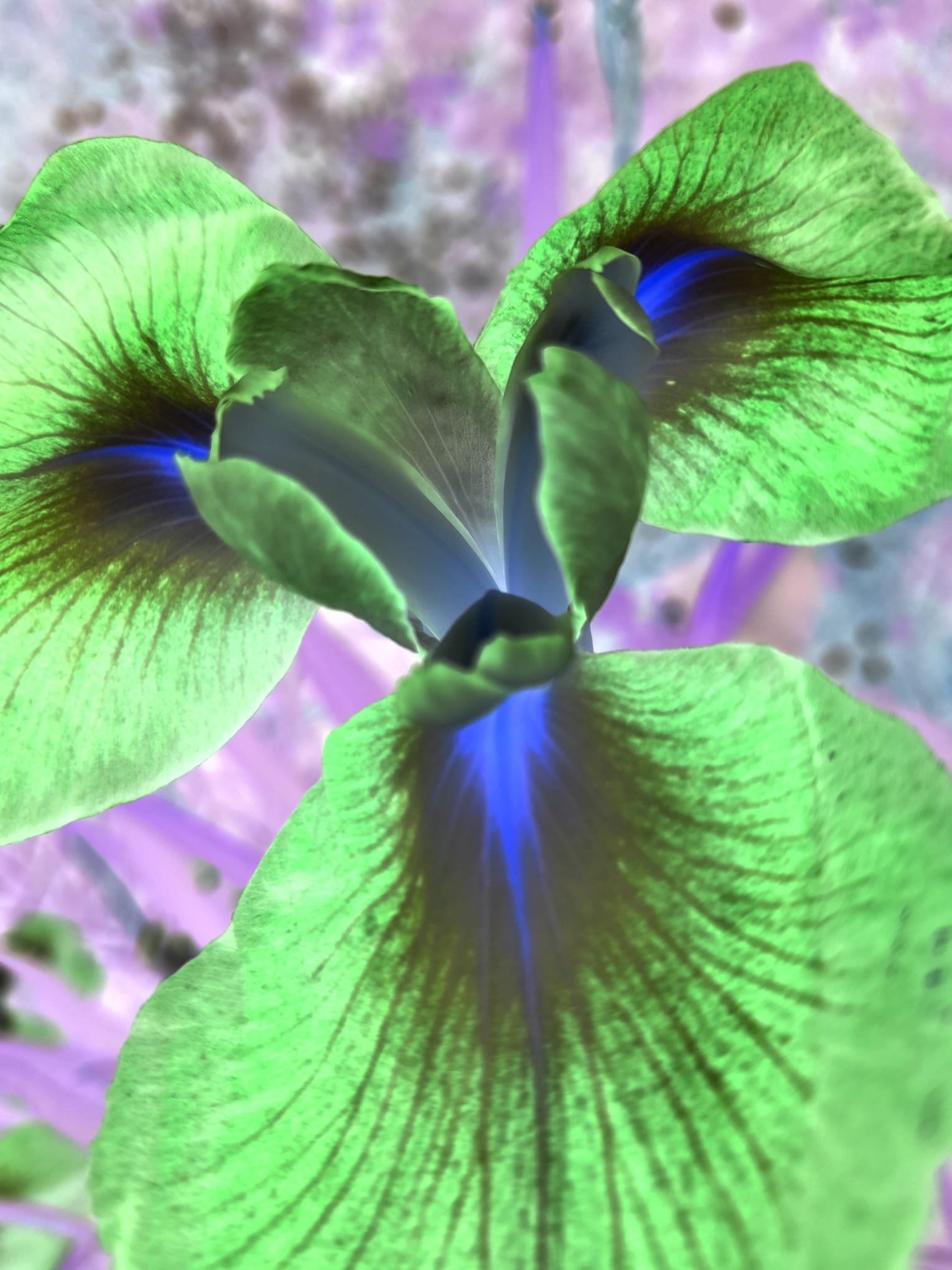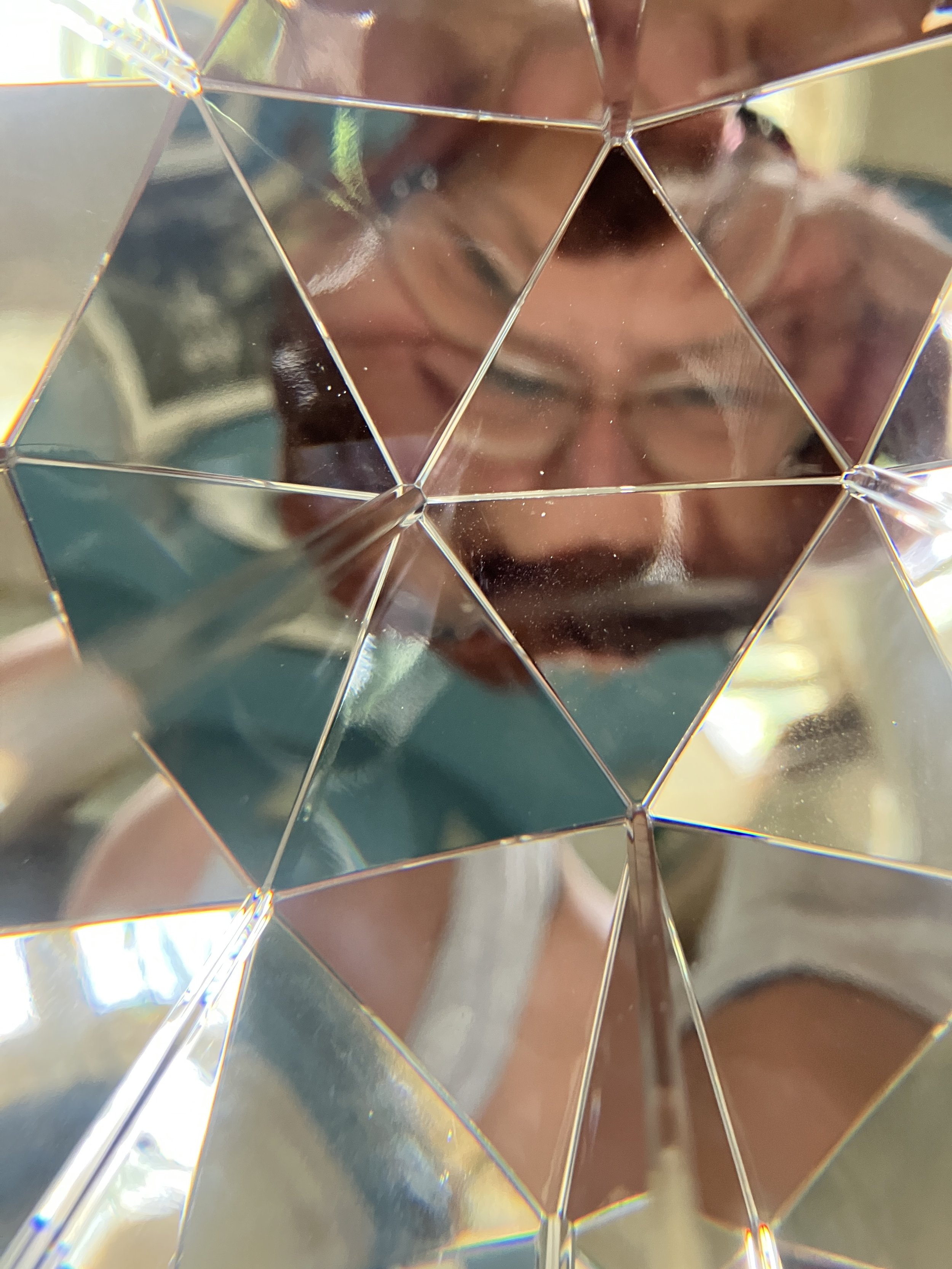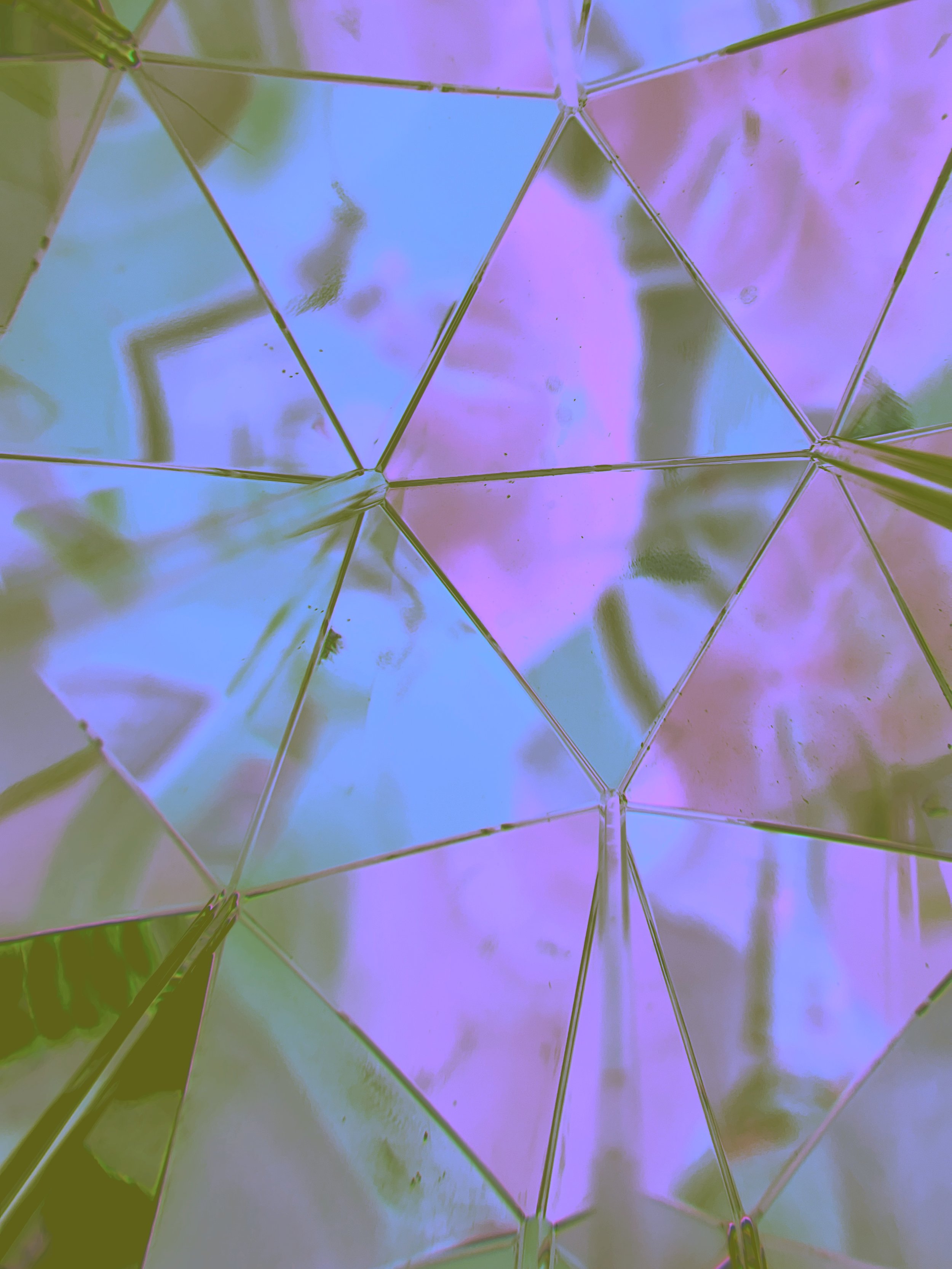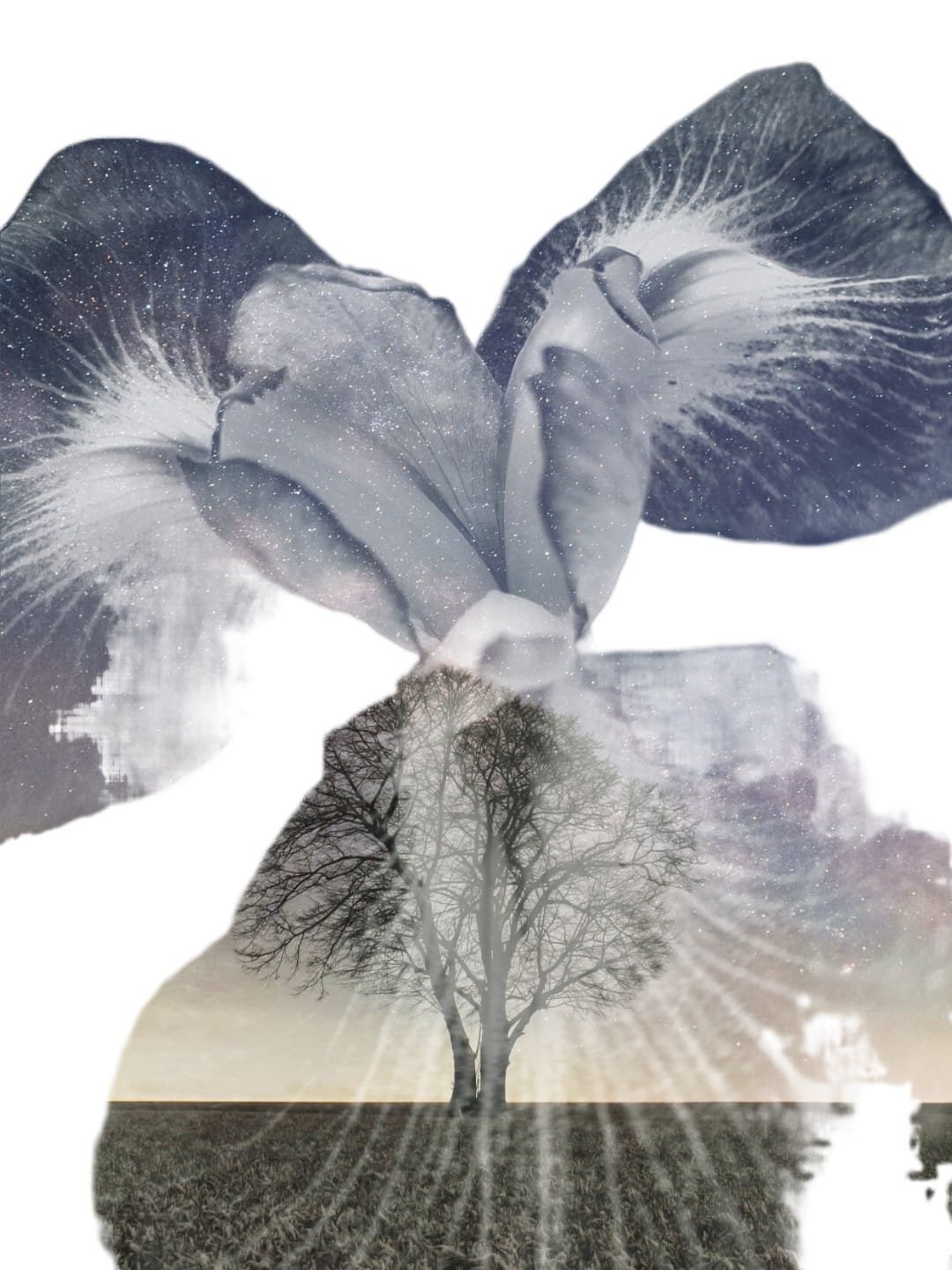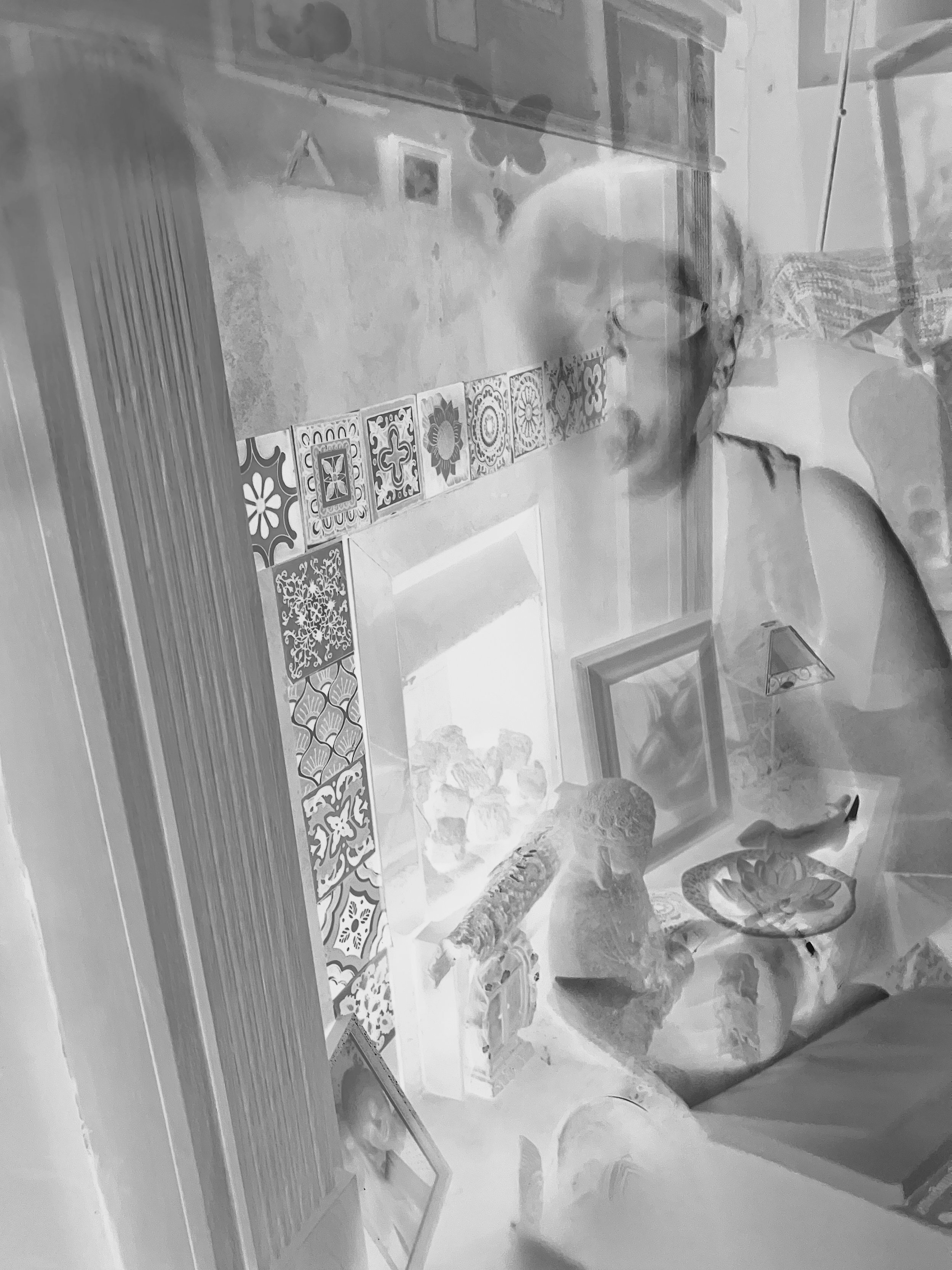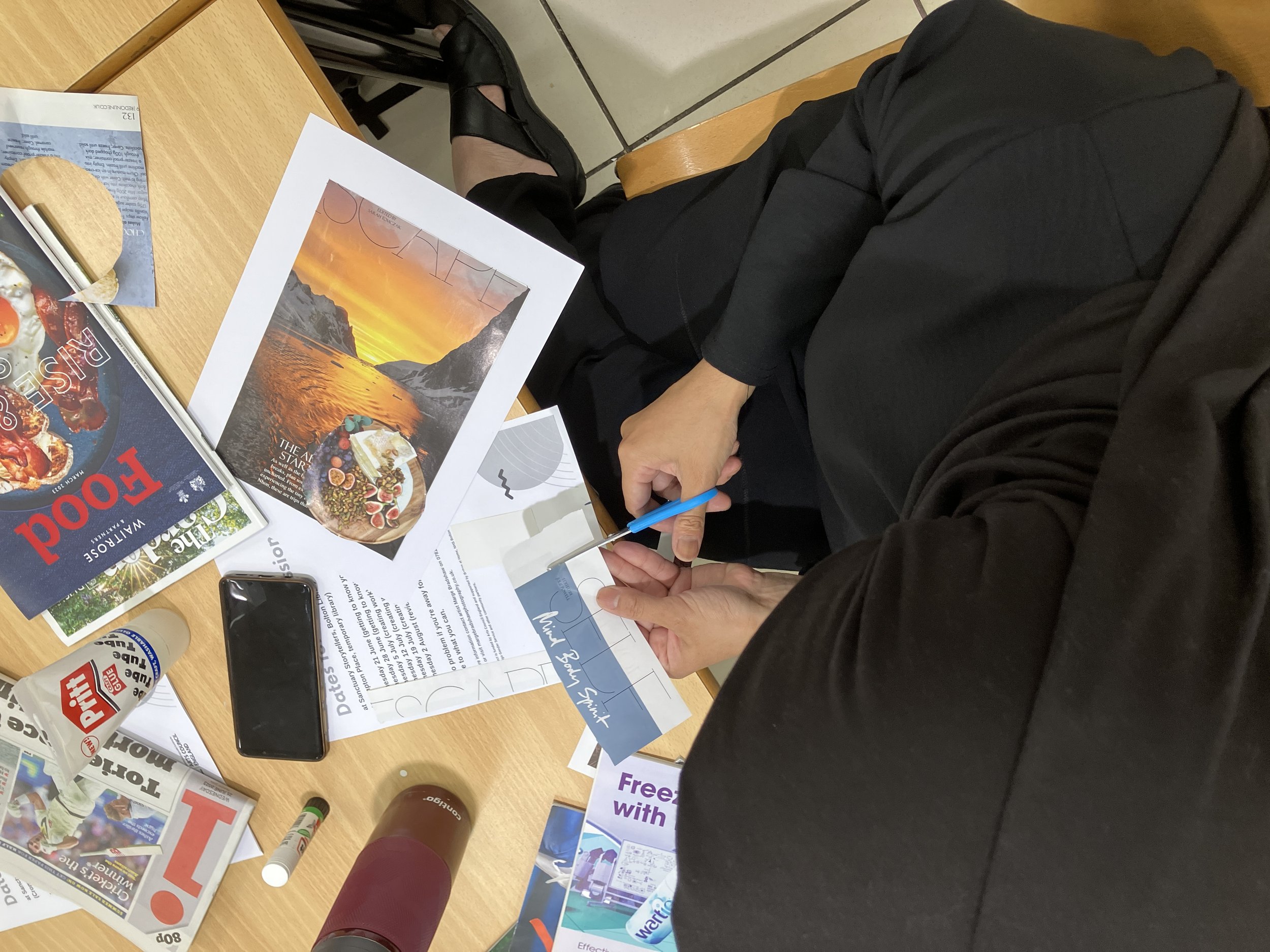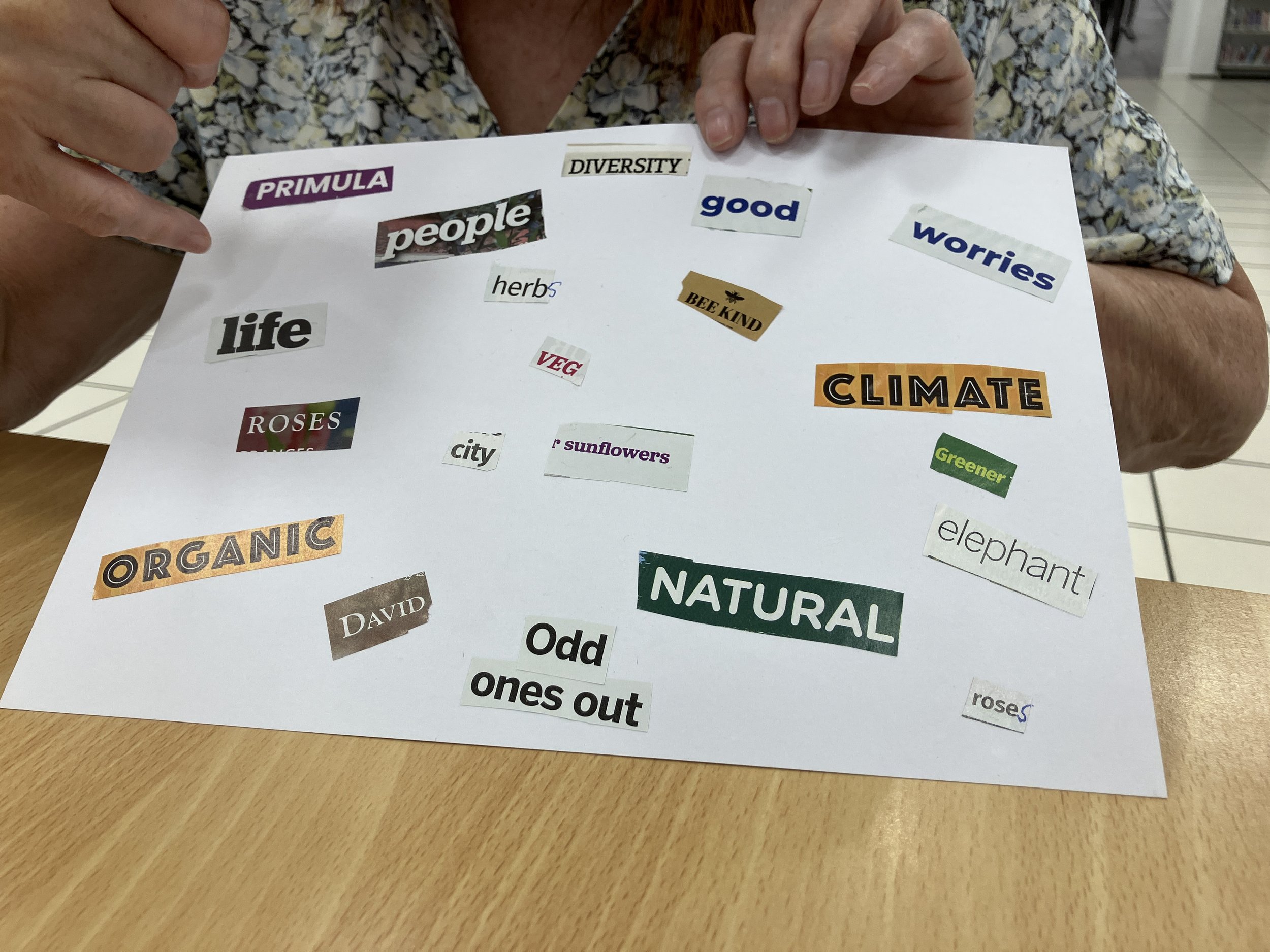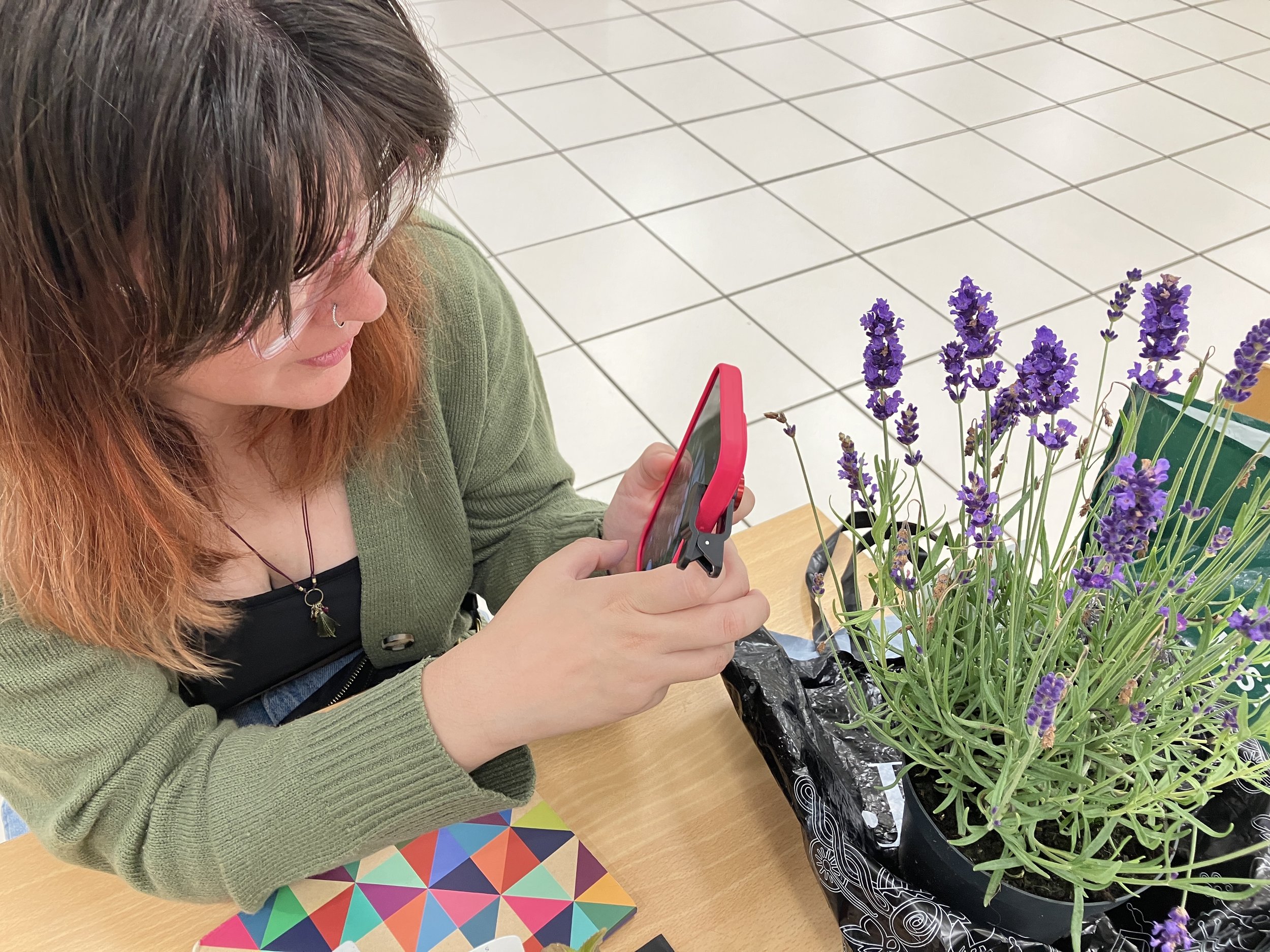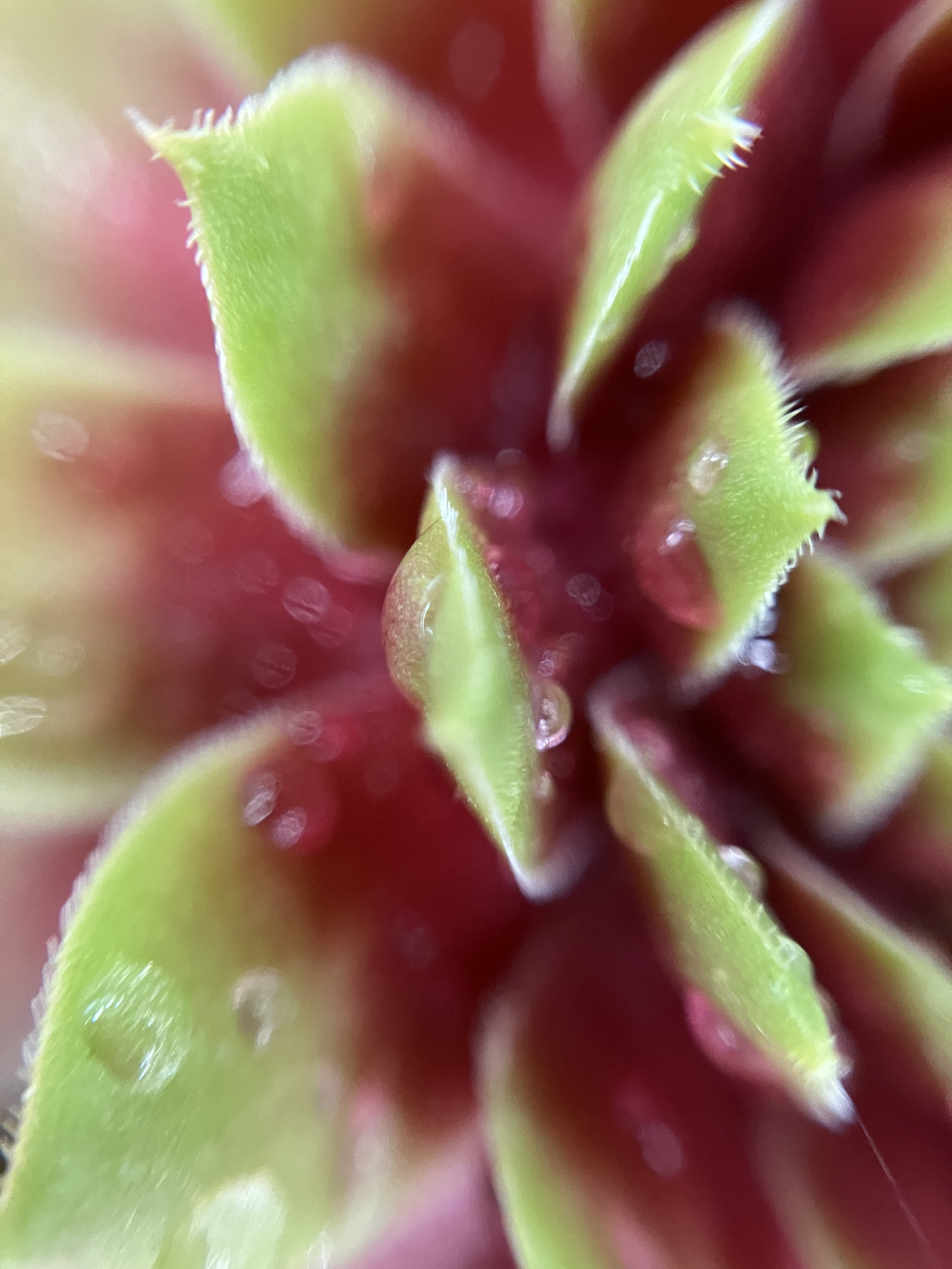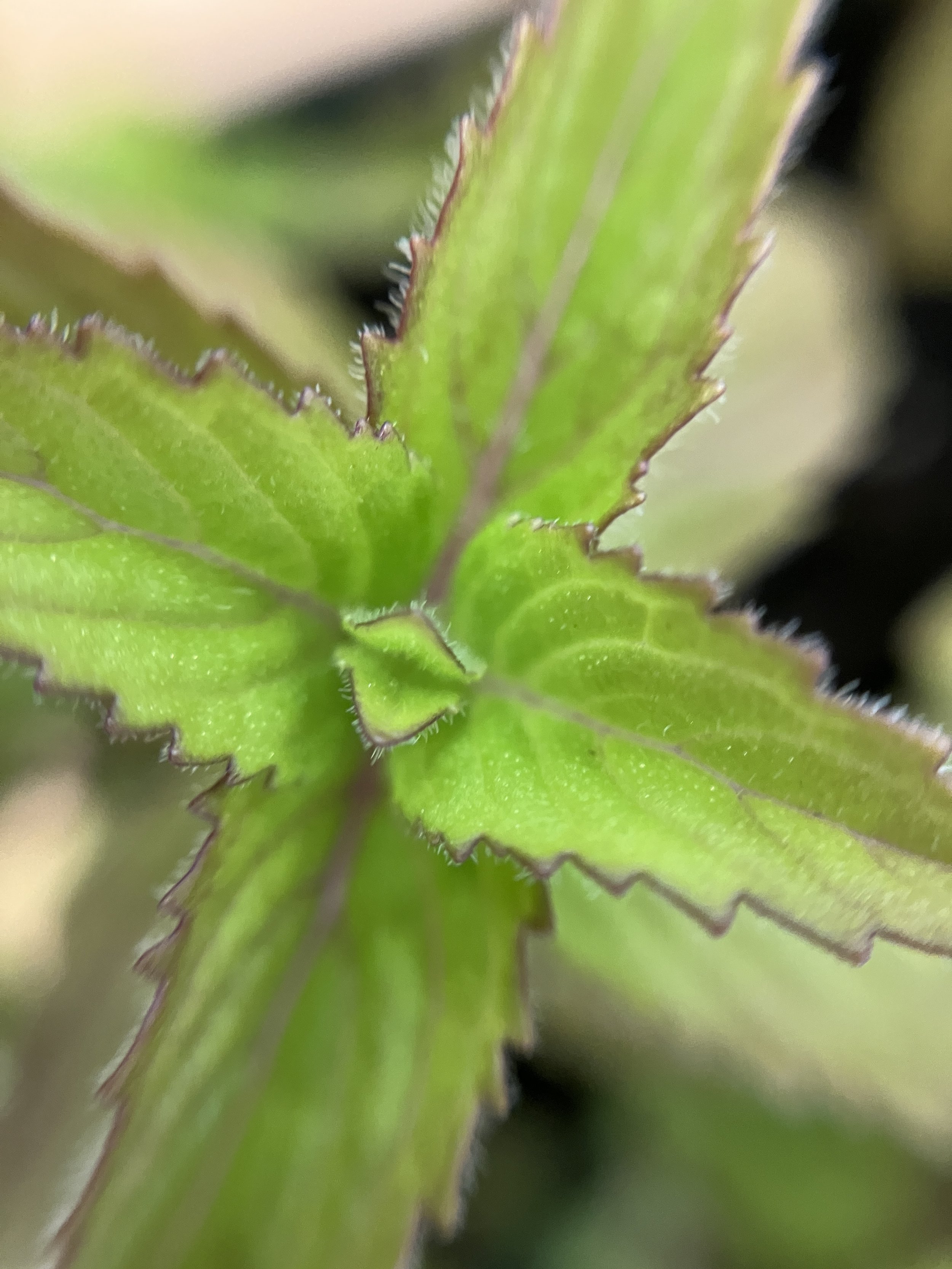JUNE field notes
These notes are updated cumulatively during the month. They’re more a record of what we did, rather than what worked/didn’t (expect a long blog post on that at the end).
Breightmet group update
w/c 5 June
I’m into the final two weeks with my Breightmet Butterflies group. This week we unclipped our nettle anthotypes which have been exposing for two weeks (see May for why we did these). And we shared and created positivity posters from our film photography prints, which we’d captured during our individual ‘week in the life’ documentaries. As always these kind of creative exercises lead to so many conversations.
During the week I’ve been to Breightmet Health Centre to meet staff and view potential spaces for the group to share their work, which they’re keen to do. I’m really pleased as there’s lots of potential and I wanted the group to be able to show their work in the community they live in. I just need to finalise some permissions and sort risk assessments for the install which have to be approved before I get the full goahead. I’m relieved that the Practice team at Breightmet are fully behind the project, so it’s just a case of getting it through buildings approval. More on that next month. In the session this week I shared some examples of how work is usually curated and displayed. Next week it’s the start of grouping and selecting our work.
Below top (l-r): work by S, work by T.
Below bottom (l-r): work by H, work by Marge.
w/c 12 June
This week we’ve begun the process of selecting work to share. We laid out all the pieces created by the group and put them into the related themes we’d focused on the most: anxiety, sleep deprivation, and alternative remedies to menopause (outdoors/happy spaces/positivity/herbal remedies). The next step (apart from getting approval on the display) is to write our interpretation for each section. The group are working independently on this and I’ll be returning in a few weeks to meet up with them again. Technically my time has now finished with this group - but as ever with this kind of project, extra things need to be completed - and it’s hard to let go.
Bolton LGBTQIA+ group update
w/c 5 June
This week we continued to explore the themes and topics we want to focus on (see May’s field notes). Given some of the discussions we’ve had around the outdoors being a tonic for menopause, the core group went on a mindful photography walk at Rivington (and got bitten to death by midges!) and in my 1-1 with A, we went on a mindful photography walk at RHS Bridgewater. We’ve collaboratively (across the 1-1’s and group) narrowed down what we’re going to create over the forthcoming weeks. It’s been a brilliant experience to do this, and it’s felt like a fully inclusive approach where we’ve all been equal. Again I’m wishing the project wasn’t a pilot, and we have longer to continue our conversation and discussions, but I’m excited to share over the next few weeks what we come up with.
Below: pics by Anastasia.
w/c 12 June
We had such a useful and collaborative session in the core group this week. We’d intended on going on another photo walk, but instead we ended up having an in-depth conversation around the themes of our work. We built on ideas from the week before to create a more solid plan and looked at the crossovers with those taking part on a 1-1 basis. It’s working really well in terms of keeping an inclusive approach. I’m like a cross-pollinator - I go to the core group and share what’s happened with the 1-1’s and vice versa. This has enabled us to bounce ideas between us all and helped to narrow down our focus.
I also met with Al for his mindful photography walk this week, and talked through the themes that he wants to look at independently, versus the ones where he’ll join in with the group. There’s so much to explore and so little time.
Below: Work by P, S and Al.
w/c 19 June
I’m just meeting up with the core group this week and our aim was to explore invisibility and the theme of ‘inverts’. The 1-1’s will be looking at this topic too in their next session.
I invited photographer Ginny Koppenhol along to help us out with some smartphone photography techniques. I know bits - and regularly use Snapseed with my groups - but I’m not a smartphone photography expert by any means. Ginny runs lots of mobile-specific workshops and we thought it would be useful to have a bit of extra advice, especially to make some ideas happen over the next few weeks. (The group have chosen to predominantly use their mobile phones for the project - and that’s working out well for them in terms of accessibility so we’re sticking with it). Along with some useful 101 smartphone photography tips from Ginny we looked at different ways to capture invisibility through obscuring and concealing subject matter (using prisms, fabrics, wrappers etc). We also experimented with different editing approaches on Snapseed to invert images and create negatives which we’d asked Ginny to help with prior to the session. ‘Inverts’ was a term used for lesbian and gay folk - it came up in our earlier conversations around invisibility i.e. LGBTQ+ people being invisible in terms of the conversation, imagery and support for menopause. Both of these themes lend themselves to some creative photography experimentation. We’re continuing to explore this outside the group over the next week.
Below: process and test images by K and Marge.
w/c 26 June
After our conversations around the absence of LGBTQ+ in contemporary menopause narratives, the core group wanted to look at how women (and women’s healthcare especially with menstruation and menopause) had been visually represented in historical contexts. Where does this idea of the ‘dried up’ older woman come from? We went back to some of the Wellcome Collection archive materials to look at how women had been represented - especially where healthcare (medicine or herbals) were relevant. There’s no references to menopause before the 1800’s and women were often depicted in a similar way to modern imagery (crestfallen on a chair holding their head) or working together in groups to find a suitable remedy. As Julia from the Wellcome write in her blog, in the 11th century, Hildegard of Bingen, a German Benedictine abbess and polymath, claimed that “the menses” could cease as late as the 60th year, sometimes even later, when “the uterus begins to be enfolded”. So there’s plenty of ‘menses’ and ‘distempers’ when you look at the written narrative around women’s healthcare but mainly menopause is largely ignored. We invited Dr Rachael Gillibrand from Leeds University to join us to chat more about her work on pre-modern bodies and to find out more about the background to the visuals we’d seen. We heard from Rachael that women’s viewpoints (and periods/menstruation) are invisible - Hildegard writes a bit but it’s mainly men writing about women. Menopausal (and especially post-menopausal) women were seen as a threat (with periods stopping people thought that ‘deadly ‘menstrual gas’ would suddenly come out of their eyes (hence the ‘kill with a look’ phrase). We learned about the four humours and how they informed (and still inform) so much of the narrative around needs and binary genders e.g. men (hot and dry) and women (cold and moist). And we compared how women were visualised by male artists and compared those to media images today. It was a great session, finished off with conversations around early modern herbal remedies and we made (of course!) some lumens from rosemary, lavender and mint using the inspiration from my Breightmet group.
Below top (l-r): process images, plus ‘A woman perfume-seller holds a small lavender bag up to her face. Coloured lithograph by Joséphine-Clémence Formentin after Charles Philipon, 1828.’ courtesy Wellcome Collection.
Below bottom (l-r): process images, plus lumen prints by K and M.
With both my 1-1’s we’ve taken inspiration from Ginny’s session with the core group (see earlier this month) and joined in with the invisibility and inverts theme as it was something everyone wanted to create work about. After getting some inspiration from BJP magazines and my photobooks, we tried out different methods for interpreting the theme and used some of my old prisms and glass balls to create work. ‘A’ showed me how they’d already been trying out various apps to create invisibility/invert imagery - so we swapped app editing skills for our mobile phones and found new ways of making ourselves invisible.
Below: work by A and M.
City of Sanctuary group
w/c 19 June
I’m so pleased that I’ve started a third and final group with the Sanctuary Storytellers, a women’s writing group based at Bolton Library. I held our first ‘getting to know you’ session and was joined by a second volunteer on the project (from the BA Photography course at Bolton University). It’s going to be a fun one - I’ll need to do some creative thinking to work around both the space (a public area with little in the way of facilities) and the EAL needs within the group.
Below: Work by S and C.
w/c 26 June
It was just me and K this week as it was Eid and many of the group were busy. We shared stories from photographs and objects we’d brought along, and I showed K some mindful photography exercises using macro lenses which I use in my mindful photography workshop sessions. It’s still all about getting to know the group at this stage - hopefully more people will come next week!
Below: process image plus macro images produced during the session.
